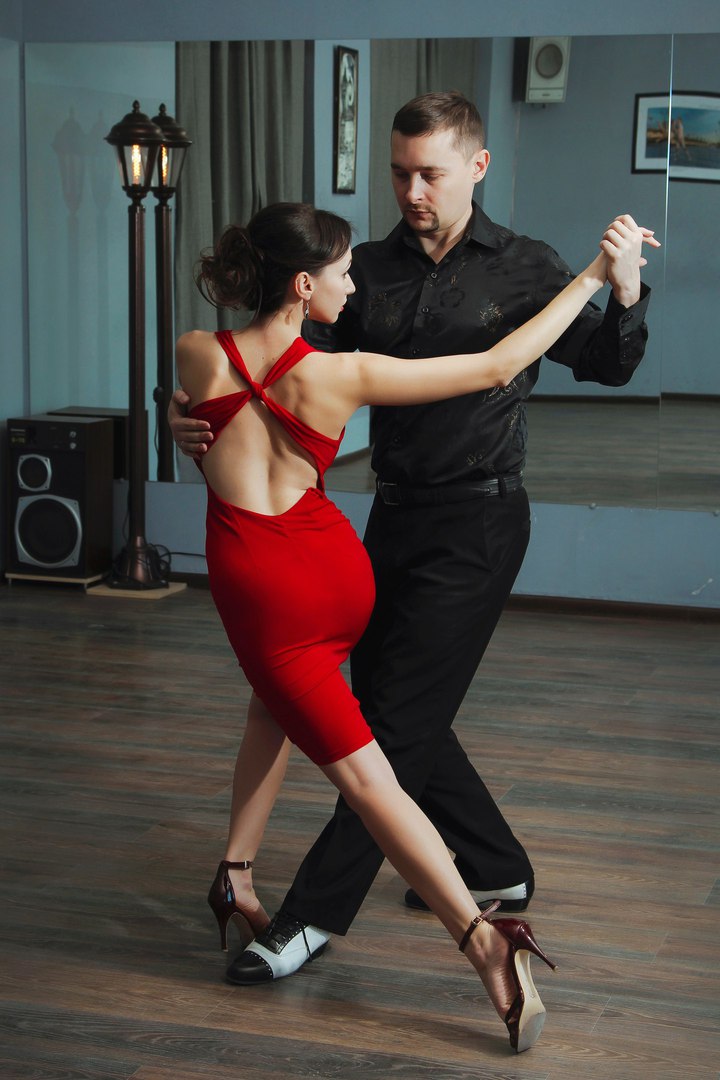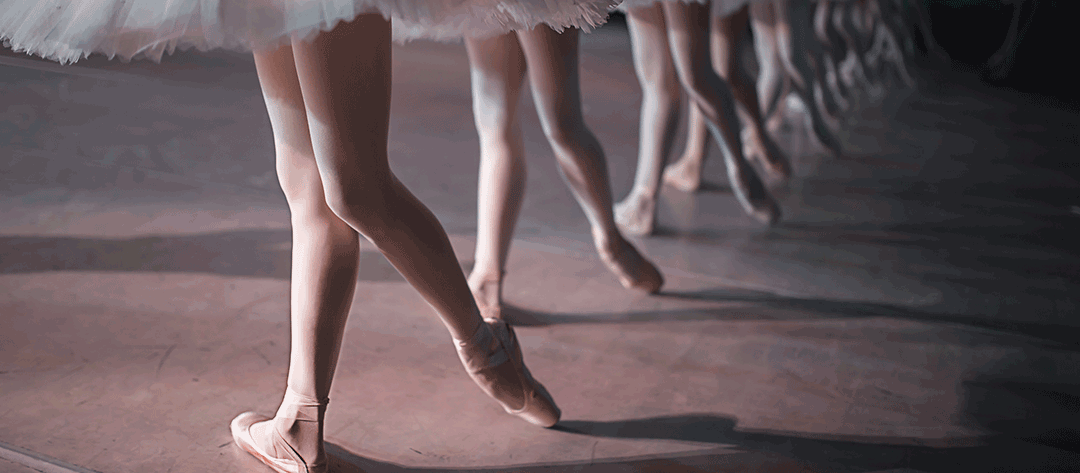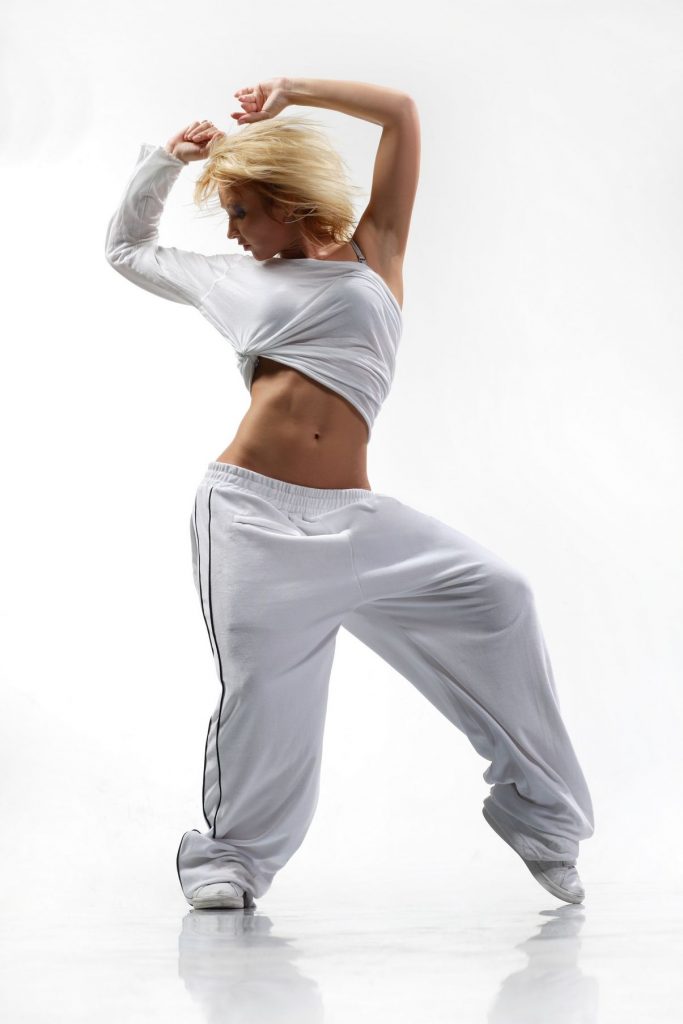How to learn tango dance
5 Argentine Tango Steps for Beginners — Ultimate Tango School of Dance
Tango has a rich history and background, originating in the late 19th century in the streets of Buenos Aires, Argentina, and Montevideo, Uruguay. It lets couples express their emotions through the fluidity of unique movements, setting it apart from other dances with a music style of its own.
When embarking on a journey, it’s often the first few steps that are the most important.
Like studying a new language, the best way to learn the Argentine Tango is to start with the basics and work your way from there.
It can seem daunting, but you’ll be surprised how mastering these 5 Argentine Tango steps will have you dancing in the right direction.
Tango instructors Diego Blanco and Ana Padron of Howcast executing a forward ocho.
First on our list is the Ocho, Spanish for "eight. ” This is one of the oldest and most important basic figures in Argentine Tango. Tango was originally danced outdoors or in tango bars, where the ocho, but what appears to be an infinity sign, is drawn on the dusty floors by a couple facing each other, with one step in one way and the other step in the opposite.
There are many types of ochos, or figure eights, that may be led several ways,
as long as the knees remain soft and no unnecessary movements are made. These are the most common ochos with short descriptions from MasTango and Argentine Tango Lab:
Ocho adelante/defrente (forward/front ocho): Feet tracing a figure “eight” on the floor by the follower’s feet when she walks forward.
Ocho atrás (back ocho): Feet tracing a figure “eight” on the floor by the follower’s feet when she walks back.
Ocho cortado (cut ocho/cut eight): Change of direction: Occurs when a forward cross within molinete or an ocho-like movement is stopped and sent back upon itself.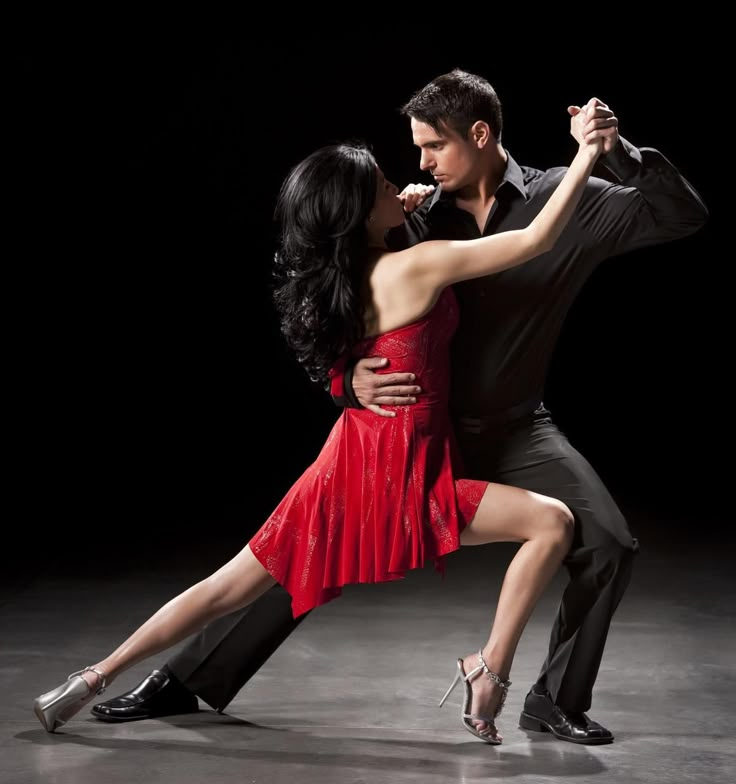 Typical in social-style tango where many such ‘brakes’ or ‘cuts’ are used to avoid collisions. Describes a movement done on either foot, pivoting forward or backward, and going either left or right.
Typical in social-style tango where many such ‘brakes’ or ‘cuts’ are used to avoid collisions. Describes a movement done on either foot, pivoting forward or backward, and going either left or right.
Ocho milonguero (non-pivot ocho/lazy ocho): Ochos led and followed without substantial torso and hip pivoting.
Ochos en Espejo (Ochos in the mirror): The leader and the follower execute forward or back ochos simultaneously, mirroring each other's movement.
For beginners, it is suggested to learn the forward ocho first, as it is incorporated into a variety of other figures. This is a simplified outline of the steps in the Forward Ocho from the Traverse City Tango Club’s notes:
The Forward Ocho consists of a front cross step (follower steps between and perpendicular to the line between the partners), followed by a half-turn pivot to repeat a front cross with the other foot in the opposite direction. The important thing to notice here is that one needs a combination of TWO crosses to create ONE ocho!
A front cross like the Ocho Adelante can be initiated from almost anywhere.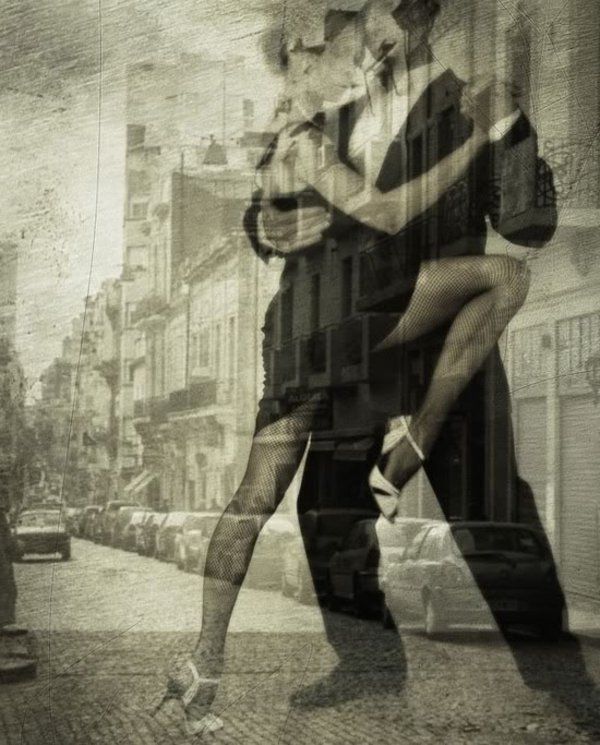 But the two common starting points for beginners who are learning Argentine Tango are from the Cross (step 5 in the Basic Eight) and from step 2 in the Basic Eight.
But the two common starting points for beginners who are learning Argentine Tango are from the Cross (step 5 in the Basic Eight) and from step 2 in the Basic Eight.
To exit from the front Ocho, the easiest way is to stop one of the pivots at a quarter turn. This is to come into the position where the follower is facing the leader.
Giro/MolineteHear Anita’s explanations walking us through a Molinete.
Giro (pronounced "hero"), Spanish meaning turn, is also known as the Grapevine because it resembles a chain of steps strung together by the leader and follower. It is also called Molinete, which translates to "windmill" in English, since, like a windmill has four wings that turn one way or the other and change direction with the change of the wind, this figure has four steps wherein the pattern travels in one direction, continuously repeating the same four steps in the same order until... the wind changes it.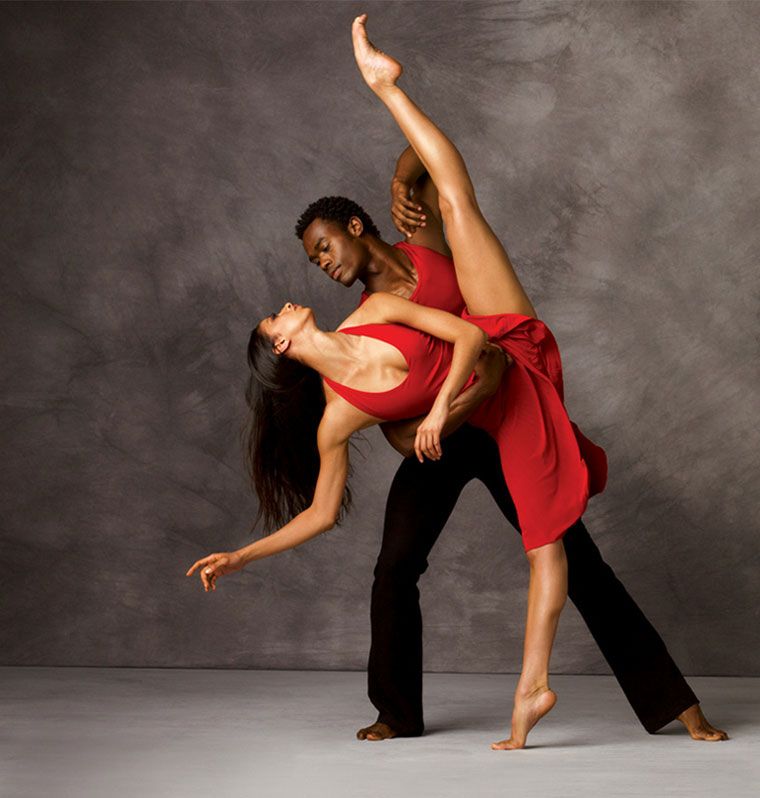 I mean, the leader changes it.
I mean, the leader changes it.
The molinete can be danced in a circle or in a line, but the principles and the mantra-like repetition of four steps remain the same.
It starts with a combination of side steps, back steps, side steps, forward steps, side steps, back steps, side steps, and so on. It is, however, more than just a set of steps to be memorized. It is a vital technique for improvising spins, pivots, and maneuvers on the dance floor, and is arguably the richest figure in Argentine Tango due to its various modifications.
As explained by Tango Principles, the molinete can also be "straightened out" and used for corridas (runs). The most common timing of the molinette is the slow-quick-quick-slow for the slow back cross, quick side step, quick front cross, followed by a slow side step.
Another way of looking at it is that the side step that follows the back cross is the only step in the sequence that falls on either 2 or 4 in the music.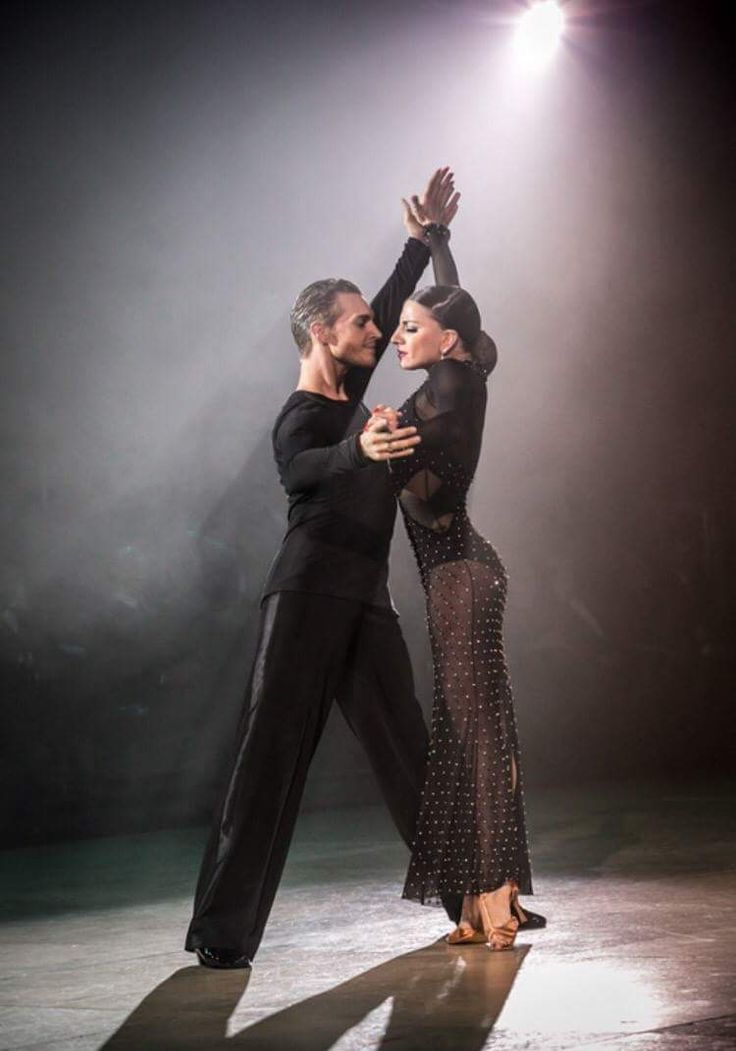 Everything else is either 1 or 3. But the molinete can also be done with a slower timing – all on the 1’s and the 3’s – or with a faster timing – on the 1-2-3-4-1-2-3-4, etc. A clear lead is required for both of these, for by default most women will do the quick-quick-slow.
Everything else is either 1 or 3. But the molinete can also be done with a slower timing – all on the 1’s and the 3’s – or with a faster timing – on the 1-2-3-4-1-2-3-4, etc. A clear lead is required for both of these, for by default most women will do the quick-quick-slow.
Third, we have the fun-loving sacada, from the Spanish word "sacar," which means "to take out" or "to take away."
Also known as a displacement, it is a distinctive foot and leg play seen in tango but not in any, other dances.
Sacada has many variations, but it's best to learn the simple sacada forward before progressing to back sacadas. It’s usually done to follower's front cross or sidestep when one partner (usually the leader) seemingly pushes the partner's unweighted leg out of its original position by merely pretending to touch, push, or kick it to immediately take that void with a quick transition of weight and light touch to the foot, thigh, or calf, but never with the ankle or knee.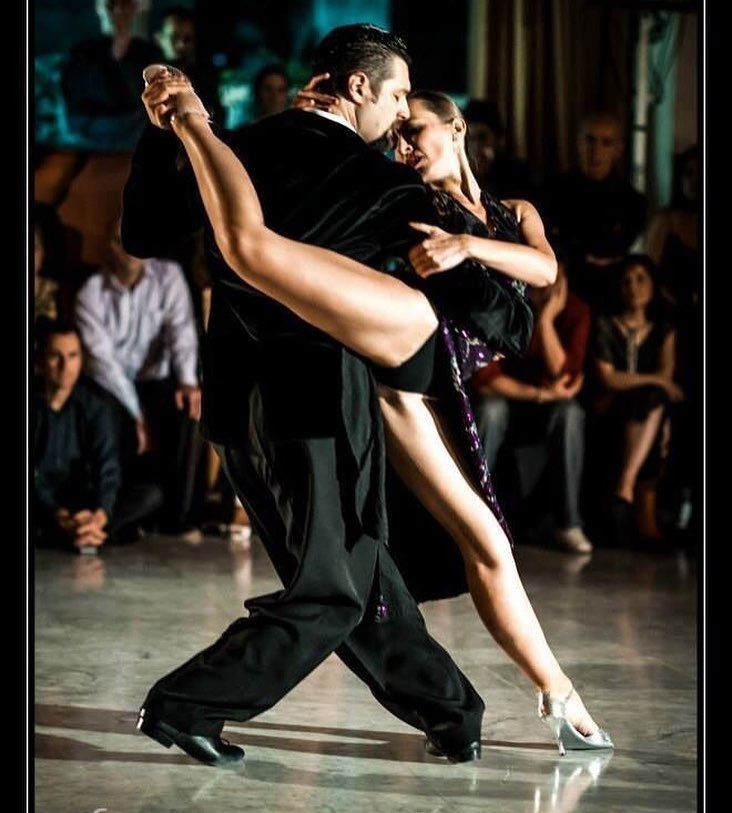
Below, Planet Tango elaborates on the 3 types of Sacada, but there is more and we described it HERE
A Front Sacada
A typical front sacada can take place [in] her forward motion, entering in parallel or crossed-leg fashion, that he may enter with either his right or left leg.
In the illustration, the position of the legs follows the alignment of the upper torsos in Body Position 6, that is, her right breast is lined up with the center of his chest so the shoulders are at an approximate 45 degree angle to each other.
As he marks a forward step, he receives her motion with his right foot reaching past the front of her left shoe, touching the floor mostly with the inner edge of his shoe. Her weight is evenly distributed between both legs, so she is in the middle. His weight is also evenly distributed, so he is also in the middle.
To execute the displacement, he transfers his weight forward to his right foot, bringing his body forward as he begins to rotate his torso to his right.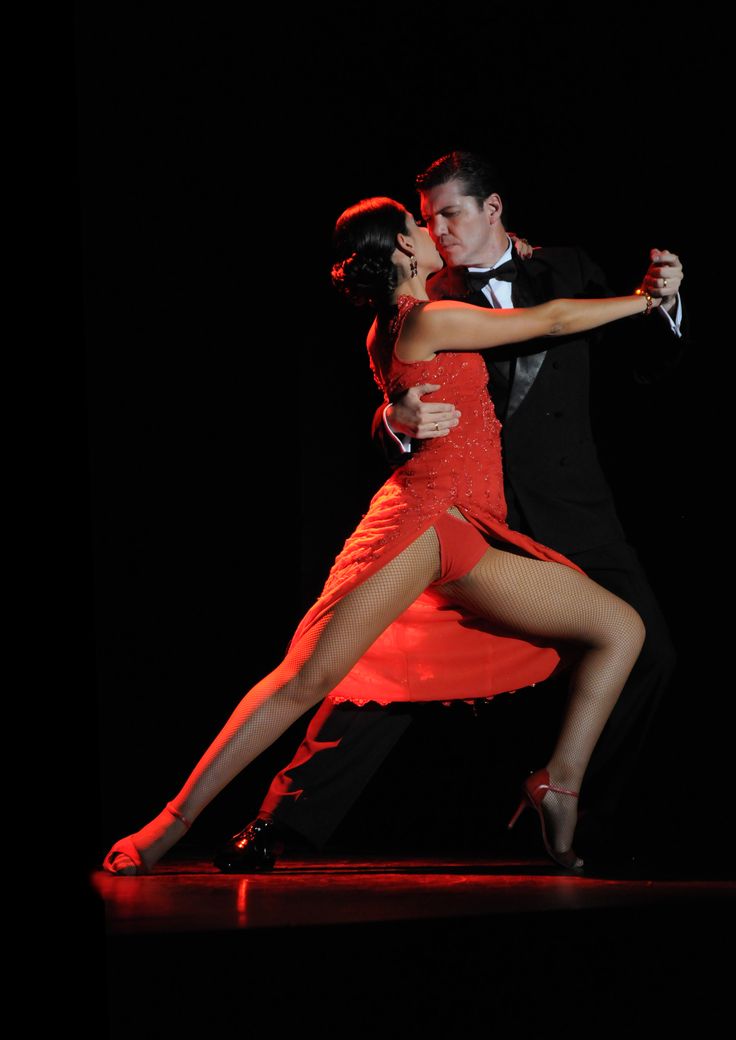 The resulting effect is that the motion of his body forward and the rotation of his torso, provokes a transfer of her weight to her front leg, a rotation of her torso to the right over her right leg, and a displacement of her left leg as his right leg occupies the space that her left leg was occupying.
The resulting effect is that the motion of his body forward and the rotation of his torso, provokes a transfer of her weight to her front leg, a rotation of her torso to the right over her right leg, and a displacement of her left leg as his right leg occupies the space that her left leg was occupying.
Side Sacada
A typical side sacada opportunity occurs when the bodies are aligned in Body Position 8, both shoulders in line facing in the same direction.
The man receives the forward step of the lady with the opposite leg. That is, if she is moving forward with her left, he creates the displacement with his right.
Back Sacada
To execute a back sacada, he needs to position himself in such a way that he steps back into the direction in which she is traveling.
This will require a double step action so his support leg will travel with her opening leg and as she sets foot on the ground, he backs into her path with his free leg.
Once his metatarsus [is set] firmly on the ground, he elongates his calf to allow his heel to settle down on the floor bringing his body over and producing contact with her leg and displacing her body.
When she receives a sacada, she should be already on both legs with her body in the middle. As his body crosses her path and displaces her body, she needs to stay vertical and balanced on her support leg because a sacada will always provoke a rotation of her body over her support leg. Please, refrain from swinging the displaced leg like a scythe.
If executed gracefully, a sacada becomes the highlight of the dance; nevertheless, since it needs precise movement, it is one of the most difficult figures to teach, learn, and understand. When a dancer becomes overly focused on completing the sacada, the dancers risk injury and the beauty of the dance fades.
PasadaEndre Tango suggested that if you are receiving a sacada, be mindful of the timing and remove your leg a little later from where your partner placed it, rather than too soon. During the motion, think about stretching your leg and making space for your partner’s foot rather than about taking away yours. Once you do, remove your leg, then execute with a relaxed, bent knee.
In this way, one can avoid getting caught like a hook in each other’s feet.
Jenny & RicardoOria explaining a pasada
Improvisation is one of the best parts of a tango, and one figure that makes a sequence more exciting is when (usually) the leader performs a parada (or "stop") with his foot, leading the follower to turn sideways and elegantly step over the lead's extended leg, which is placed next to her standing leg, in the fourth move on our list, the "pasada."
A very unique figure in tango. Pasada literally translates to "stepping over" or "passing over", and it requires a deep connection between the partners to perform it successfully as it is a chance offered by the leader to the follower to add her own spice to the dance without force. It is frequently performed towards the end of a molinete or a mordida that leads into a forward ocho or barrida.
According to Tango Student,, there are three options for the pasada.
(1) Step over it regularly.
(2) Rhythmic Step: Follower takes a little 2" step back with the free leg, then a side step that clears the front of Leader's foot by an inch or two, opening up a channel for her to step through forward with her free leg (in this pasada, the Follower's step around lands in exactly the same place as if she passed over regularly -- i.e., close and around Leader). The timing of this pasada option is QQS.
(3) Big fan where Follower's foot fans out to touch the back of Leader's back foot.
All of these pasada options can be combined.
The leader shall lead the passada and not wait for the follower to do it.
However, there is a slight, though quite meaningful difference between passively waiting and giving the Follower space to fill up with her adornos.
Depending on the follower’s preferences she can do variations such as lustrada; she can raise her leg high or keep it low while passing over; done by the lead with his foot while the follower moves forward, passing over his foot and allows the follower to create an adorno.
SanguchitoRemember though that those kinds of adornments shall not be done mechanically. Just like in life brushing against someone esle’s body - can be read for what it is - brushing again someone’s body. So use it when you mean it, not just because you think of it as a step.
Miriam Larici & Leonardo Barrionuevo demonstrate how to do the Sandwich
Last but not least, is the Sanguchito, which is referred to by so many names, such as Sandwich or Bite in English, or El Sandwich, El Sandwichito, El Sanguche, Mordita or Mordita (mor-DEE-tah is Spanish for tiny bite, or to clutch.)
A funny story associated with the origin of the name of this step, as written by Tango Argentino Rioplatnse, is that a milonguero who, during a tango party, "wedged" his partner's foot between his own feet, stopped the dance for a moment to take a sandwich out of his pocket, took a big bite (mordida) and shortly afterwards, resumed the dance!
There are several variations for Sanguchito and the most common sandwich sequence as per Tango Notes is:
Starting from back ochos.

Leader's right foot paradas the outside of the follower's left foot.
Leader's left foot sandwiches the follower's left foot.
Leader's right foot crosses behind their left.
The follower's right is led to a stepover/pasada.
Learning Argentine Tango is not as difficult as it looks. It's like immersing oneself in an unfamiliar language one likes to learn nonetheless. To overcome language barriers, one should learn the complexity of language AND the culture of where it originates from.
When experienced dancers learn these steps by body and mind, it quickly becomes second nature to them, much like a second or third language. Inexperienced dancers, however, must first overcome ‘language’ barriers by letting go of their preconceived notions of Argentine Tango and immersing themselves in the dance.
True to human nature, words, whether written or spoken, regardless of the language they are in, with all of their complex meanings, are preserved in our minds. The analytical part of the mind requires the application of science. It focuses on what one sees, hears, touches, smells, and tastes. Intuition, on the other hand, might be disregarded as irrelevant, trivial, and even unscientific. It is the ability to think outside the box wherein no one can explain why one knows things that were not perceived as having existed in the first place.
The analytical part of the mind requires the application of science. It focuses on what one sees, hears, touches, smells, and tastes. Intuition, on the other hand, might be disregarded as irrelevant, trivial, and even unscientific. It is the ability to think outside the box wherein no one can explain why one knows things that were not perceived as having existed in the first place.
For this dance to be practiced and mastered, dancers must use their intuition and creative thinking to anticipate and coordinate their movements.
Tango reflects the fluidity of a person's mind—their thoughts, emotions, and abilities to understand and express themselves. The swaying represents humans' natural ability to communicate without using words or writing. The colgadas and volcadas performed off-axis, though still controlled, appear to be in a free fall because of their mastered communication, trust, and grace.
The Argentine Tango is a stress-relieving style of self-expression that allows dancers to let go of the rigidity inherent in scientific techniques and methodologies while uncovering their own creativity.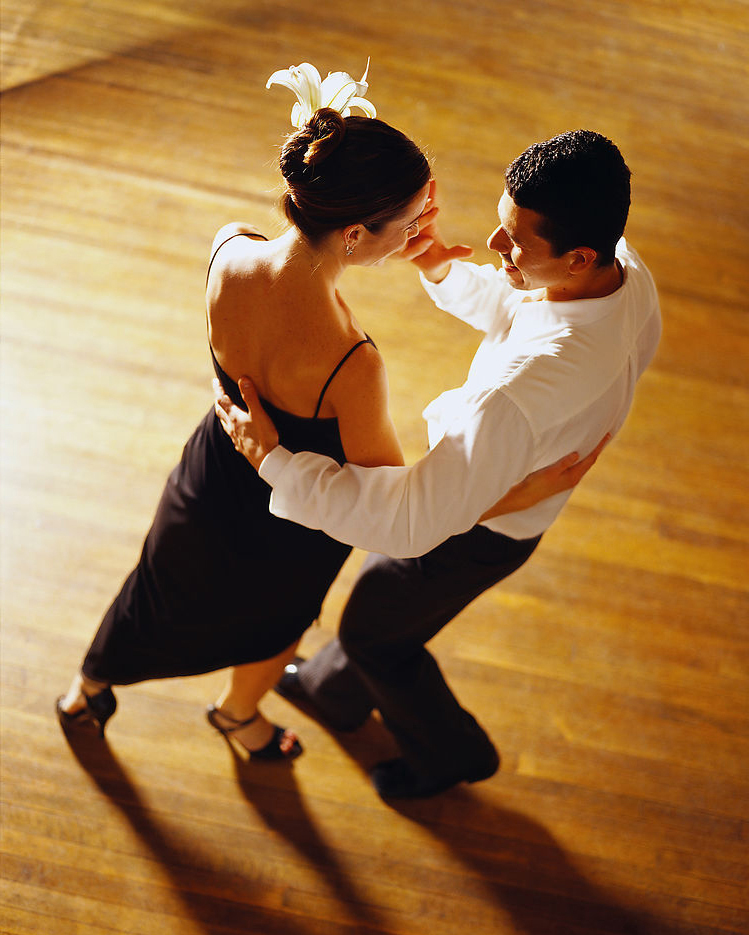
Tango relies quite a lot on scientific or mathematical techniques but also takes a desire to let one’s natural instinct be in control, which is innate and embedded in everyone’s subconscious since birth.
Argentine Tango is like a puzzle that gets put together differently each time. With so many ways to dance it, some tango dancers overdo it, adding more elements than it really needs. The beauty in Tango, In truth, lies in its outer simplicity and inner complexity.
After mastering the art of intuition and creative thinking, along with these five basic steps, all else will depend on the chemistry with a person you never knew existed, at least not until they begin to dance, which transcends any written and spoken languages.
Learn about Argentine Tango
Signup to get our most current articles, info about classes and events, and special deals!
Argentine Tango, Beginner Tango, Tango Knowledge, Tango performance, Tips for dancingAnita Flejtertango music, tango musicality, la cumparsita
0 LikesThe Beginner's Guide to Argentine Tango
A guide for the dancer beginning the journey of learning to dance Argentine
tango.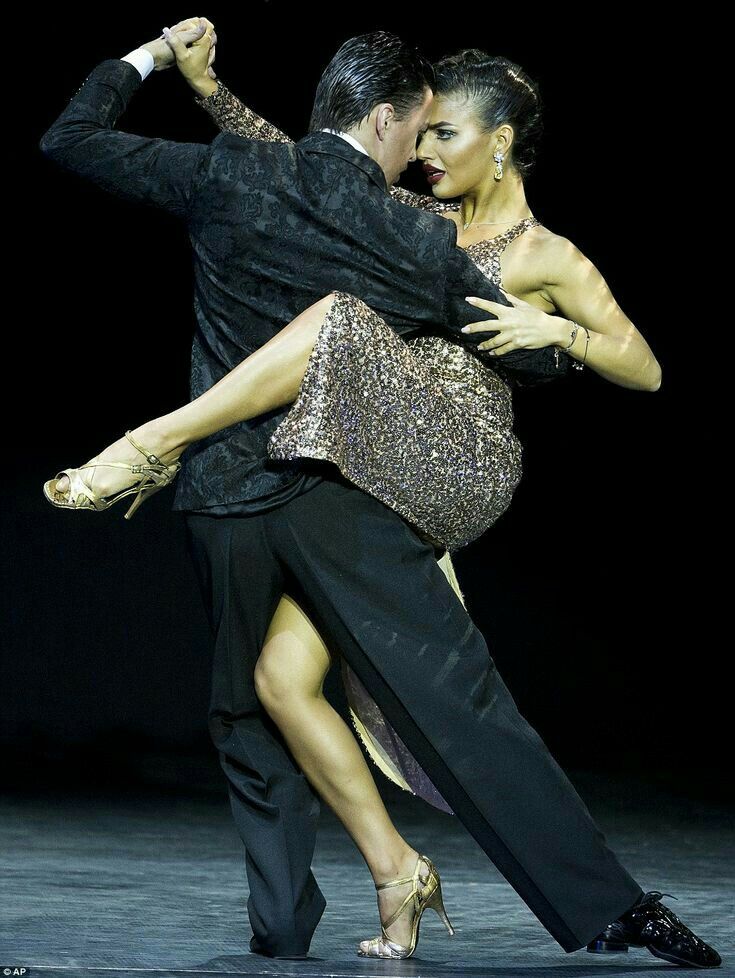
by Susan August Brown
Welcome
Tango Yesterday and Today
Argentine Tango Basics
Is Argentine Tango the Same as Ballroom Tango?
Is Argentine Tango the Stage Dance?
Attending Tango Classes
Do I Need a Partner?
Tango Teachers
Learning from Video
Attending Workshops
Taking Private Lessons
Practice, Practice, Practice
Tango Shoes
The Family of Tango Dances
Styles of Argentine Tango
Tango Music
At the Milonga (Tango Dance Party)
Useful Tango Terms
A Beginner's Checklist
A Few Internet Resources
Welcome to Argentine Tango
Argentine tango has been thrilling dancers for more than 100 years. Tango
is loved by dancers and audiences for its beauty, passion, drama and excitement.
Learning to dance tango socially is based on improvisational movement and
respecting both your partner and the other dancers on the floor.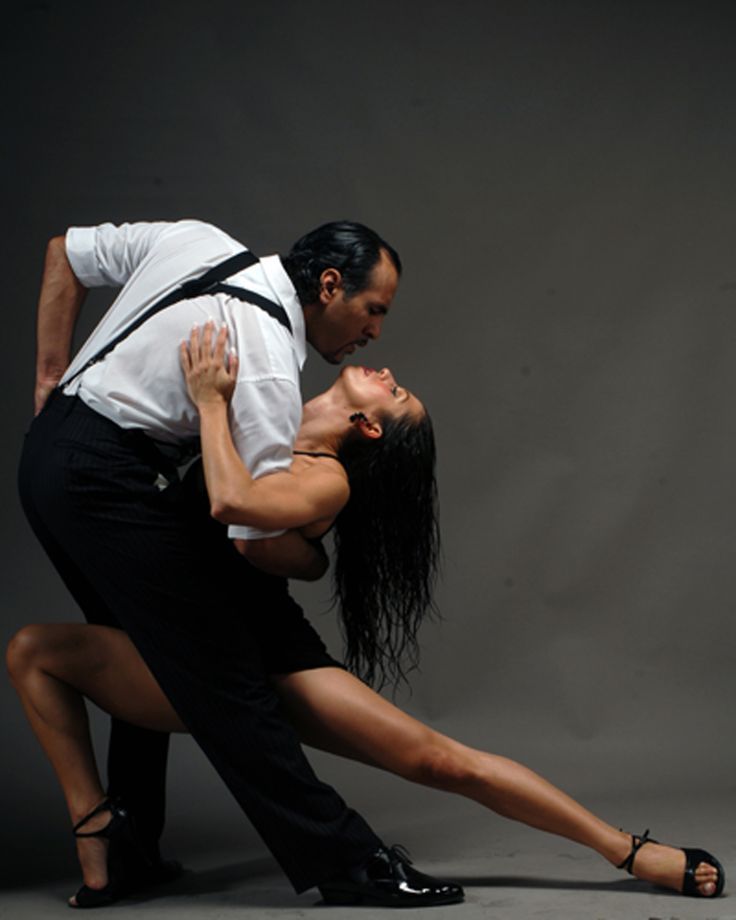 The essence
of Argentine tango is about life and, especially, about the relationship
between a man and a woman. Graciela Gonzales, a leading tango instructor,
calls the dance "the history of love—for three minutes." In this
guide, I offer a brief overview of tango history, what to expect in classes,
the various types of tango danced at social events, the music, and tango
etiquette. I've also included useful terms, a Beginner's checklist and
some resources available through the Internet.
The essence
of Argentine tango is about life and, especially, about the relationship
between a man and a woman. Graciela Gonzales, a leading tango instructor,
calls the dance "the history of love—for three minutes." In this
guide, I offer a brief overview of tango history, what to expect in classes,
the various types of tango danced at social events, the music, and tango
etiquette. I've also included useful terms, a Beginner's checklist and
some resources available through the Internet.
Tango Yesterday and Today
The exact origins of tango—both the dance and the word itself—are lost
in myth and an unrecorded history. The generally accepted theory is that
in the mid-1800s, African slaves were brought to Argentina and began to
influence the local culture. The word "tango" may be straightforwardly
African in origin, meaning "closed place" or "reserved ground." Or it may
derive from Portuguese (and from the Latin verb tanguere, to touch) and
was picked up by Africans on the slave ships. Whatever its origin, the
word "tango" acquired the standard meaning of the place where African slaves
and free blacks gathered to dance.
Whatever its origin, the
word "tango" acquired the standard meaning of the place where African slaves
and free blacks gathered to dance.
Argentina was undergoing a massive immigration during the later part of the 1800s and early 1900s. In 1869, Buenos Aires had a population of 180,000. By 1914, its population was 1.5 million. The intermixing of African, Spanish, Italian, British, Polish, Russian and native-born Argentines resulted in a melting pot of cultures, and each borrowed dance and music from one another. Traditional polkas, waltzes and mazurkas were mixed with the popular habanera from Cuba and the candombe rhythms from Africa.
Most immigrants were single men hoping to earn their fortunes in this
newly expanding country. They were typically poor and desperate, hoping
to make enough money to return to Europe or bring their families to Argentina.
The evolution of tango reflects their profound sense of loss and longing
for the people and places they left behind.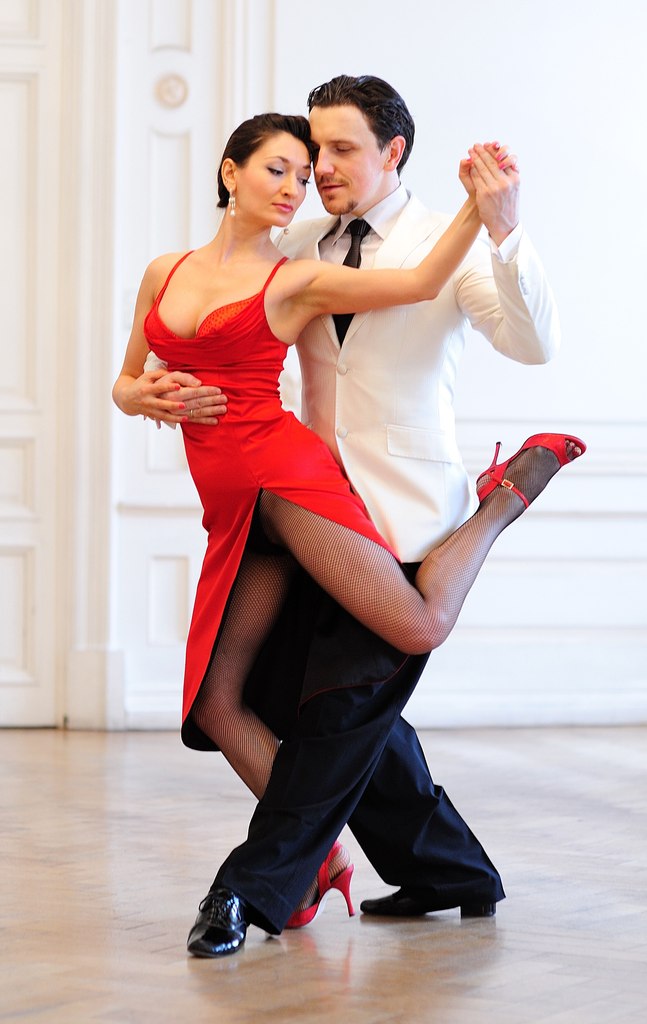
Most likely the tango was born in African-Argentine dance venues attended by compadritos, young men, mostly native born and poor, who liked to dress in slouch hats, loosely tied neckerchiefs and high-heeled boots with knives tucked casually into their belts. The compadritos took the tango back to the Corrales Viejos—the slaughterhouse district of Buenos Aires—and introduced it in various low-life establishments where dancing took place: bars, dance halls and brothels. It was here that the African rhythms met the Argentine milonga music (a fast-paced polka) and soon new steps were invented and took hold.
Although high society looked down upon the activities in the barrios,
well-heeled sons of the porteño oligarchy were not averse to slumming.
Eventually, everyone found out about the tango and, by the beginning of
the twentieth century, the tango as both a dance and as an embryonic form
of popular music had established a firm foothold in the fast-expanding
city of its birth.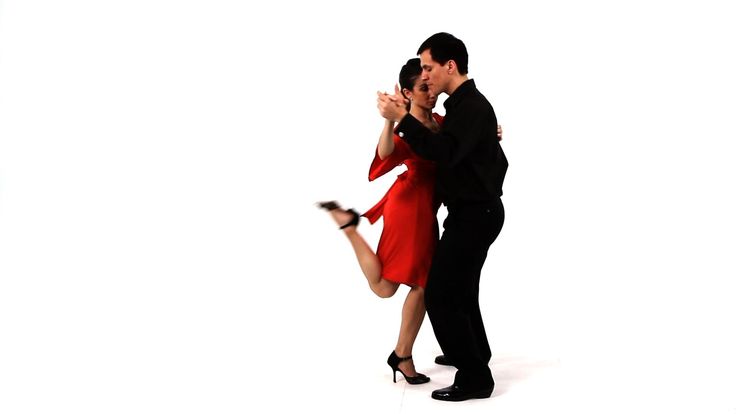 It soon spread to provincial towns of Argentina and
across the River Plate to Montevideo, the capital of Uruguay, where it
became as much a part of the urban culture as in Buenos Aires.
It soon spread to provincial towns of Argentina and
across the River Plate to Montevideo, the capital of Uruguay, where it
became as much a part of the urban culture as in Buenos Aires.
The worldwide spread of the tango came in the early 1900s when wealthy sons of Argentine society families made their way to Paris and introduced the tango into a society eager for innovation and not entirely averse to the risqué nature of the dance or dancing with young, wealthy Latin men. By 1913, the tango had become an international phenomenon in Paris, London and New York. There were tango teas, tango train excursions and even tango colors—most notably orange. The Argentine elite who had shunned the tango were now forced into accepting it with national pride.
The tango spread worldwide throughout the 1920s and 1930s. The dance
appeared in movies and tango singers traveled the world. By the 1930s,
the Golden Age of Argentina was beginning.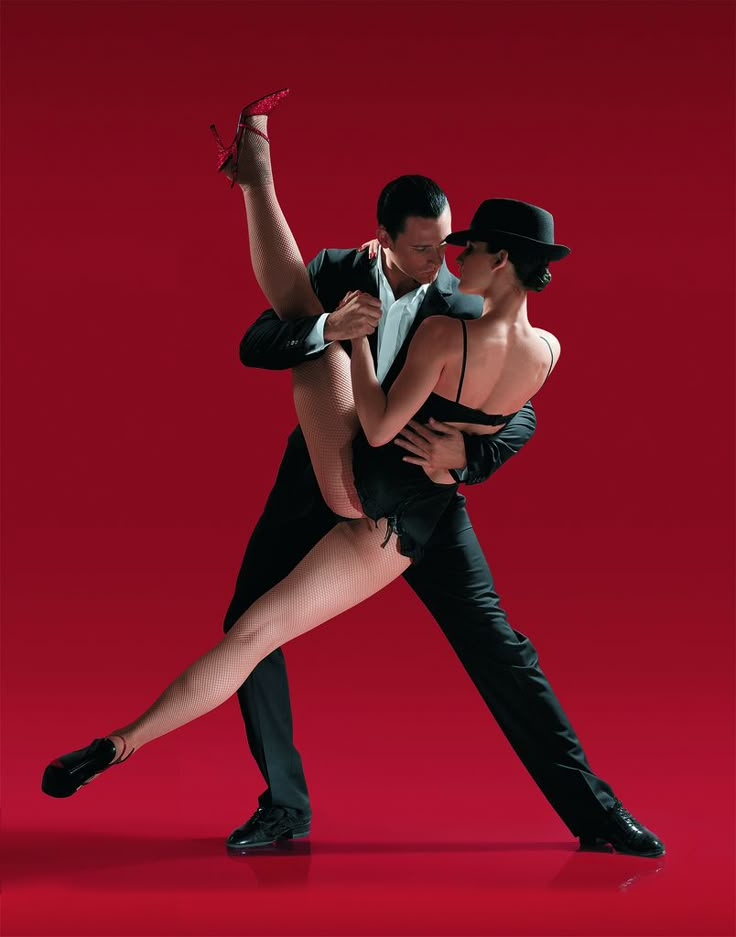 The country became one of the
ten richest nations in the world and music, poetry and culture flourished.
The tango came to be a fundamental expression of Argentine culture, and
the Golden Age lasted through the 1940s and 1950s.
The country became one of the
ten richest nations in the world and music, poetry and culture flourished.
The tango came to be a fundamental expression of Argentine culture, and
the Golden Age lasted through the 1940s and 1950s.
Tango's fortunes have always been tied to economic conditions and this was very true in the 1950s. During this time, as political repression developed, lyrics reflected political feelings until they started to be banned as subversive. The dance and its music went underground as large dance venues were closed and large gatherings in general were prohibited. The tango survived in smaller, unpublicized venues and in the hearts of the people.
The necessity of going underground combined with the eventual invasion
of rock and roll sent the tango into decline until the mid-1980s when the
stage show Tango Argentino opened in Paris. Once again Paris was
ground zero for igniting tango excitement worldwide.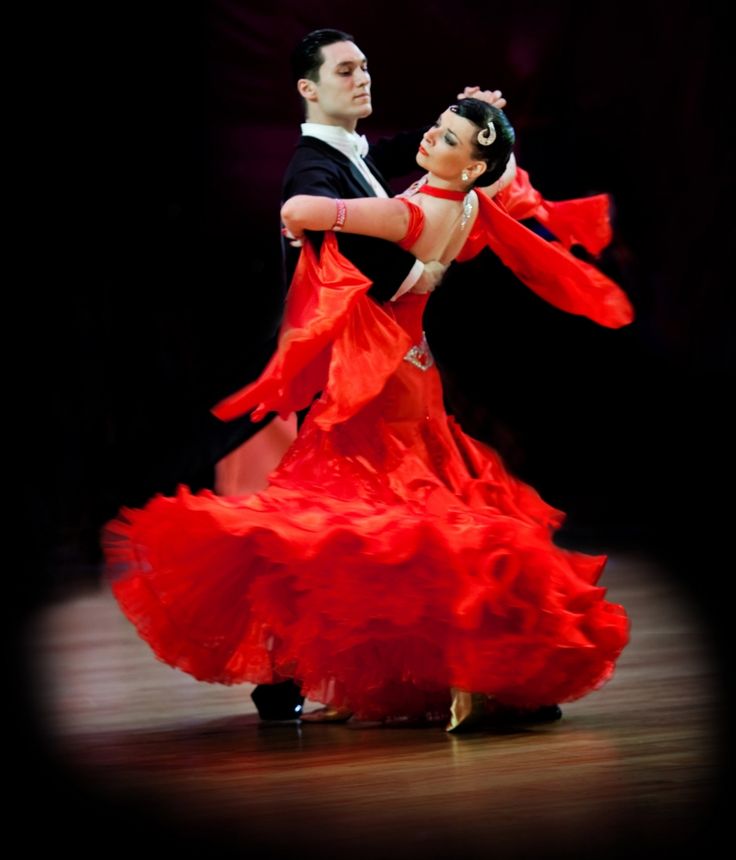 The show toured the
world and stimulated a revival in Europe, North America and Japan that
we are part of today.
The show toured the
world and stimulated a revival in Europe, North America and Japan that
we are part of today.
Argentine Tango Basics
Argentine tango is an improvisational dance based on the four building
blocks of walking, turning, stopping and embellishments. The dance is like
a puzzle that gets put together differently each time. Women and men bring
their own styles and embellishments to the dance which contribute significantly
to the excitement and unpredictability of the experience. Even though dancers
follow certain conventions, they never quite know how someone will construct
a dance, add an embellishment or interpret the music. The surprises possible
within the dance are what make the dance so addicting. It really does take
two to tango, because the dance isn't just about the man leading and the
woman following. Both partners have important things to contribute—like
all good conversations.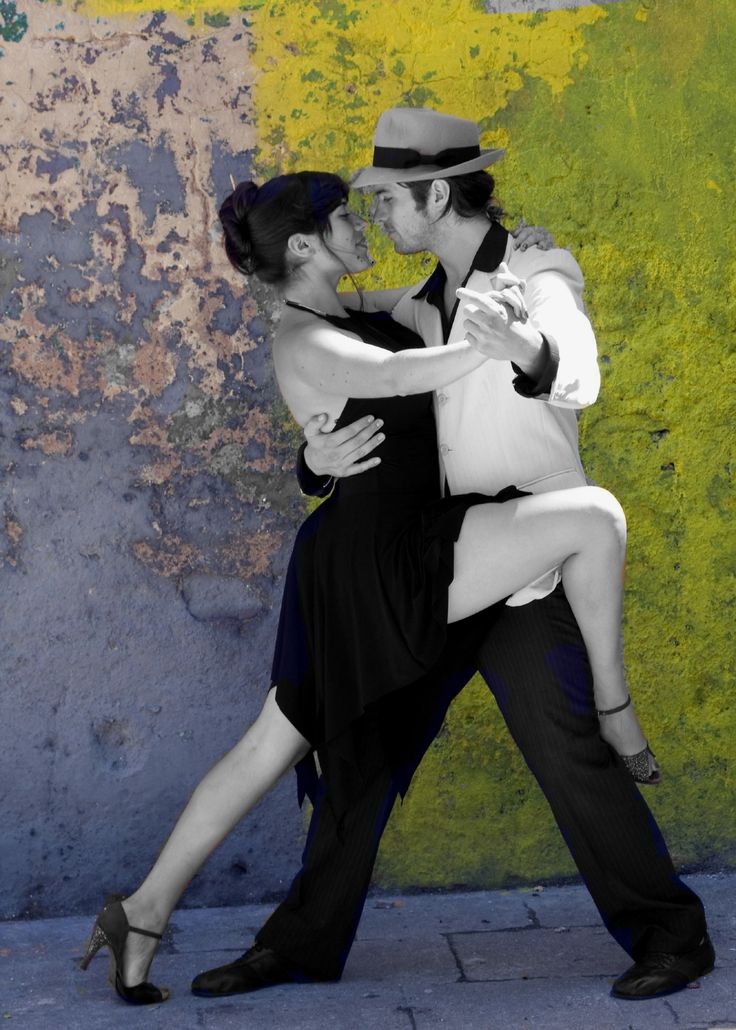
Tango is danced counterclockwise around a floor just like a horse race. Dancers try to stay on the outside edges of the floor and away from the center space. If you were able to look down on a tango dance floor, you'd see dancers move as if floating down a river—flowing smoothly forward sometimes and occasionally stopping for a spin in a shallow eddy.
Is Argentine Tango the Same as Ballroom Tango?
No. They started out from the same roots, but location, time and the ever
evolving nature of dance have made them separate dances. The American and
International ballroom tangos you may see on PBS, are very different from
the tango danced socially in Argentina. Argentine tango is different from
the ballroom tangos in its posture, embrace, improvisation, movement, balance,
steps, and music. It's completely different from the top of your head to
the bottom of the soles of the shoes you dance it with.
If you have a background in ballroom tango, just think of Argentine tango as a completely new dance—not as an enhancement of the one you already know.
Is Argentine Tango the Stage Dance?
Quite a few people develop an interest in dancing tango because they have seen a stage performance of tango. The tango you see on stage is related to social tango, but it is also very different. Stage tango is called "fantasia" and is more theatrical and exaggerated than social tango for the simple reason that the audience must be able to see it performed from the back row.
Watching a performance is a wonderful opportunity to see tango and (hopefully) hear a live tango orchestra. Once you've heard a bandoneon played live, you'll never forget it.
Attending Tango Classes
When you're a beginning tango student, attending a class is the best way
to get your bearings in the dance. Sign up and attend regularly.
Every good dancer I know is good because they signed up for the first series
of classes and attended all of them. Learning to dance tango is a wonderful
commitment you make for yourself and consistency is as important to achieving
this goal as it is for all others in your life. Signing up and coming to
one class a month here and there will just be frustrating for you.
A good tango class should introduce you to the following elements of
tango: walking, turning, stopping, navigation, musicality and some embellishments.
Tango is a dance based on walking so you must practice this essential element.
The good news is that you already know how to walk, you just need to practice
taking a partner with you. All great tango dancers work on their walk.
In fact, one of the best compliments a tango dancer can receive is, "Look
how well he walks!" No matter how experienced the students, I've
never seen a good tango teacher start a class without walking exercises.
After you've "walked your miles" you'll learn how to turn, how to stop momentarily on the floor, how to navigate a crowded floor, how to listen to and learn the various types of tango music and how to add your own signature to the dance in the form of embellishments. Because tango is an improvisational dance, you should also be exposed to that aspect of the dance as well. Tango is a dance you create on the fly with another person. It isn't about memorized steps that go together the same way every time. This is one of the most beautiful aspects of tango and is the one that makes the dance endlessly interesting.
Do I Need a Partner?
You do not need a partner to start learning to dance tango. There are always
a variety of people taking classes and it's unusual for everyone to come
with a partner. In my experience, more people come without a partner than
with.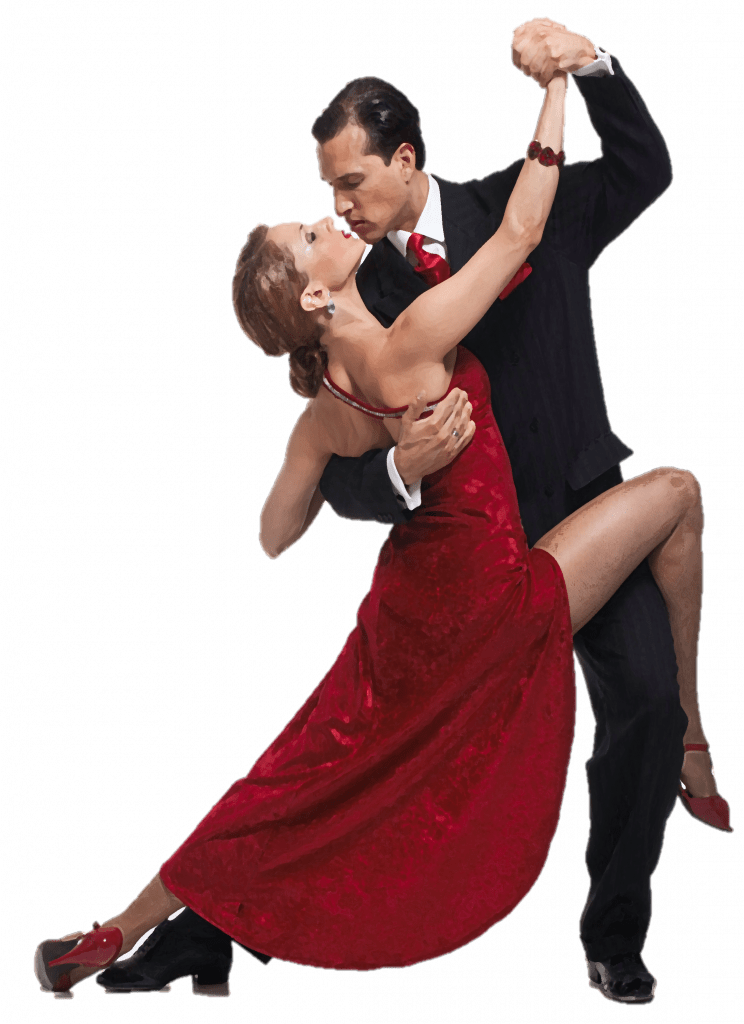 If a class has a gender imbalance, a teacher can ask people to rotate
so everyone has a chance to learn. Don't let the lack of a partner stand
in the way of learning.
If a class has a gender imbalance, a teacher can ask people to rotate
so everyone has a chance to learn. Don't let the lack of a partner stand
in the way of learning.
Tango Teachers
If you're lucky to live in a city with at least one tango instructor, try
them out. They can be your first guides to the world of tango. In
addition to teaching classes, local teachers usually help arrange (or know
of) workshops with visiting instructors and opportunities to dance tango
socially. If your city has more than one instructor, take several classes
from all of them. Attend their practices and dances. See whose teaching
and dancing style you like and whose method of instruction feels right
for you. In my experience, the best tango teachers are the ones who bring
out the best in you rather than try to get you to conform to a particular
style (which interestingly enough is usually theirs).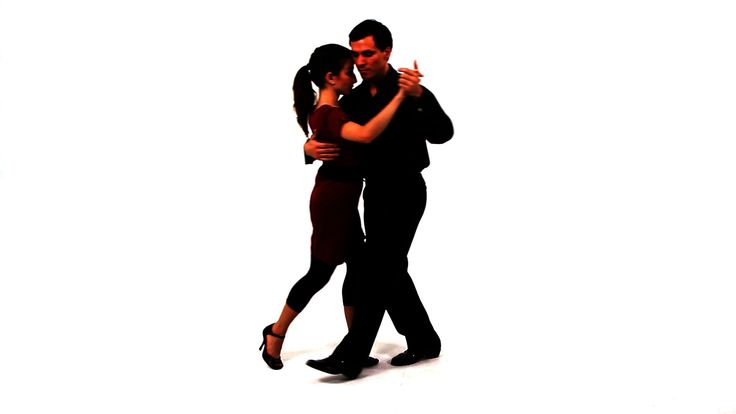 If you feel welcome
in a class, chances are it's the right one for you.
If you feel welcome
in a class, chances are it's the right one for you.
Learning from Video
If you don't have any local instruction available, there are many videos available to study. If this is your case, you will need a partner to study with. Even if you are studying by video, I recommend occasionally traveling to take classes (group or private) and attend dances to have the experience of dancing with others. You can learn much from tapes, but real hands-on experience is irreplaceable.
An extensive guide to instructional video is available at Video Resources for the Tango Dancer.
Attending Workshops
As you become comfortable with the important elements of tango, you may
want to attend (in your own city or elsewhere) special weekend workshops
that provide the opportunity to meet and learn from some of the world's
best professional dancers.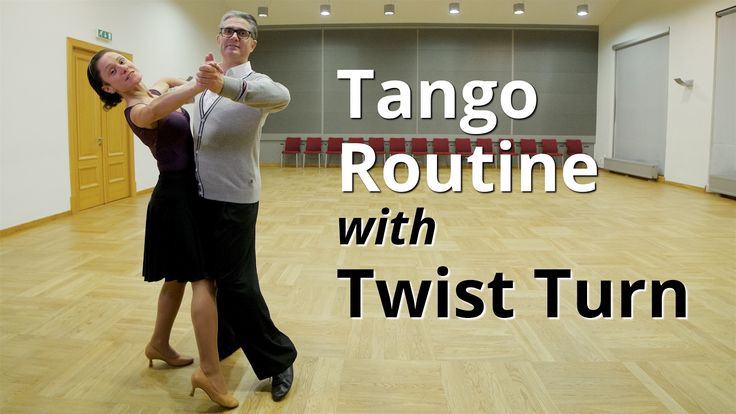 In addition, several week-long workshops are
held in Argentina and around the world which also offer an incredible chance
to combine travel with learning tango.
In addition, several week-long workshops are
held in Argentina and around the world which also offer an incredible chance
to combine travel with learning tango.
Visiting instructors come to town for many reasons. Find out in advance from both the local organizer and dancers if the type of instruction, the style being taught and the level of dance experience expected in the class is right for you. If the visiting instructors are offering classes for beginners, check them out. You never know who will provide just the right information to make something clear.
Early in your study of tango, you'll probably take workshops from as
many different instructors as possible. Over time, however, you'll find
certain instructors have a teaching and/or dancing style that fits your
inclinations and you'll probably narrow down the number of people you study
with. You have an amazing variety of teachers and places to dance available
to you—worldwide.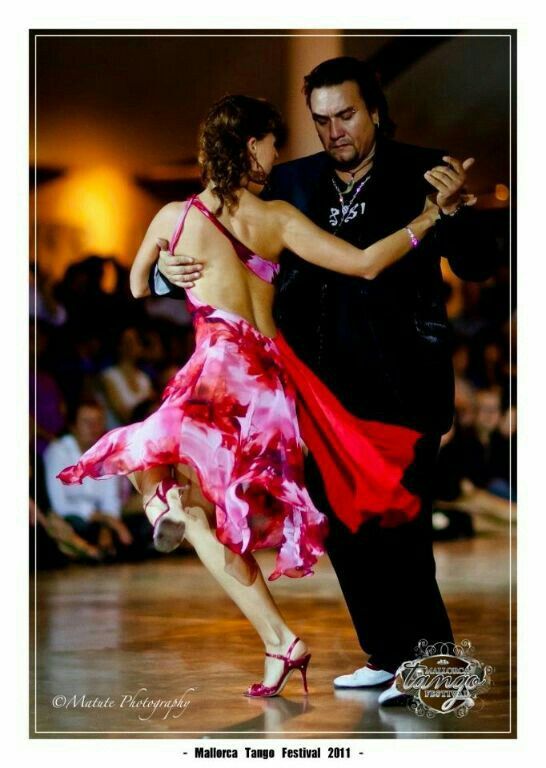
Taking Private Lessons
Private lessons from either local or visiting teachers are a great way to have someone evaluate and make recommendations about your own dancing. When an instructor can look at your dancing without having to look at 40 other people at the same time, you can really learn a tremendous amount. One hour of private instruction with a great dancer can save you many hours of frustration and help you avoid painful mistakes—both emotionally and physically.
My recommendation regarding spending your money on private lessons is
as follows (1) start learning in group classes to see if you like tango,
(2) attend group classes for at least two months to begin to master the
basics, and, (3) attend milongas (tango parties) and dance and watch. Once
you've done these things, then look around and see if there is a local
instructor you'd like to schedule a private lesson with.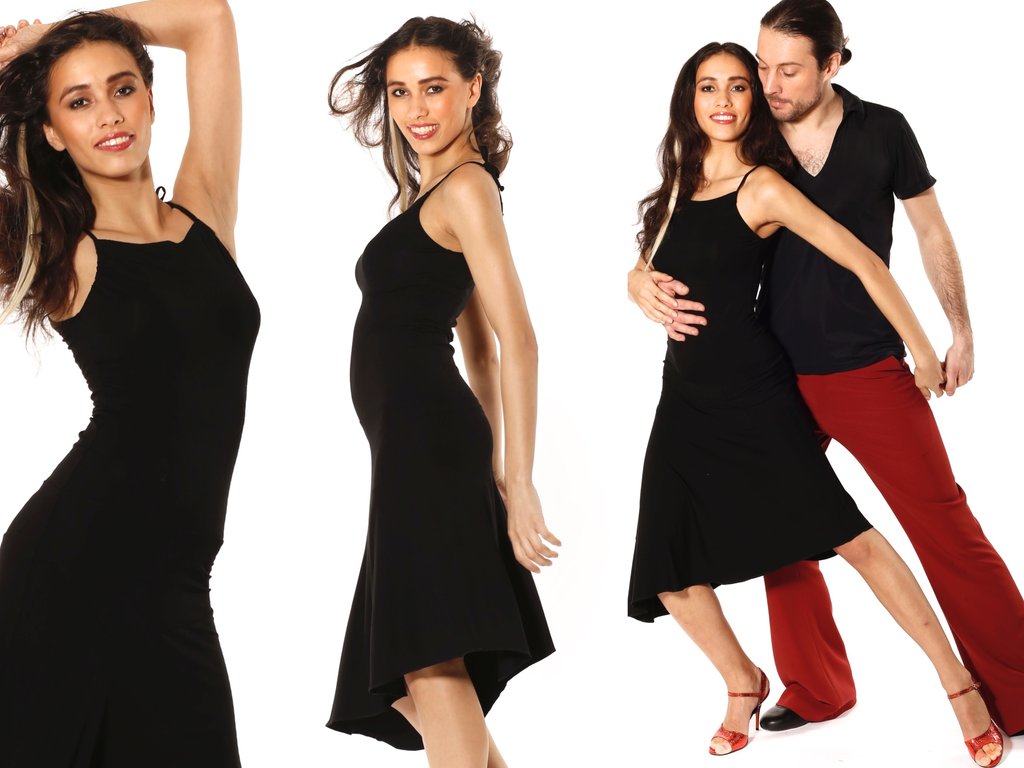 Or perhaps a visiting
instructor is coming you'd like to study with. Most visiting instructors
teach private lessons in addition to any workshops they teach. Keep in
mind that different instructors may have different requirements for private
lessons (such as requiring you to bring a partner) and may be in very limited
supply.
Or perhaps a visiting
instructor is coming you'd like to study with. Most visiting instructors
teach private lessons in addition to any workshops they teach. Keep in
mind that different instructors may have different requirements for private
lessons (such as requiring you to bring a partner) and may be in very limited
supply.
If you don't have local instruction available, traveling for private
lessons is going to be one of the only ways to get personal feedback. Here
my recommendations are a little different. Search around on the Internet
for either local teachers nearby or teachers who may be holding a workshop
in a city you're interesting in visiting. Talk to everyone you can about
their recommendations regarding whether the teachers are appropriate for
beginners, their style, etc. Tango dancers love to talk about tango, so
don't hesitate to call or email someone. Then set up a few private lessons
spread out over a couple of days.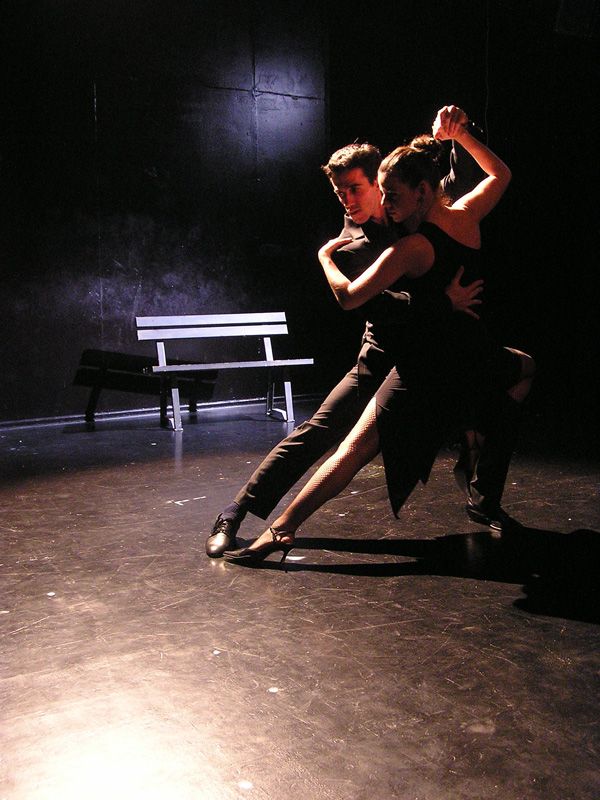 Don't try to pack too much in one day—your
brain needs times to understand and your muscles need time to assimilate
new movements.
Don't try to pack too much in one day—your
brain needs times to understand and your muscles need time to assimilate
new movements.
One word of caution about private lessons. Be wary of instructors who approach you about taking lessons from them. Some teachers love to approach beginners and try to make them believe that there is a shortcut to learning tango through private lessons with them. It's been my experience that instructors who tell you how much better you could be if only you had a few private lessons from them are usually just out for your money. There are no shortcuts. Save your money for instructors who are there to enrich your experience of tango and not their pockets.
Practice, Practice, Practice
One of the most important aspects of learning tango is practicing on your
own. If there are weekly practices in your city, pick one or two or three
and go.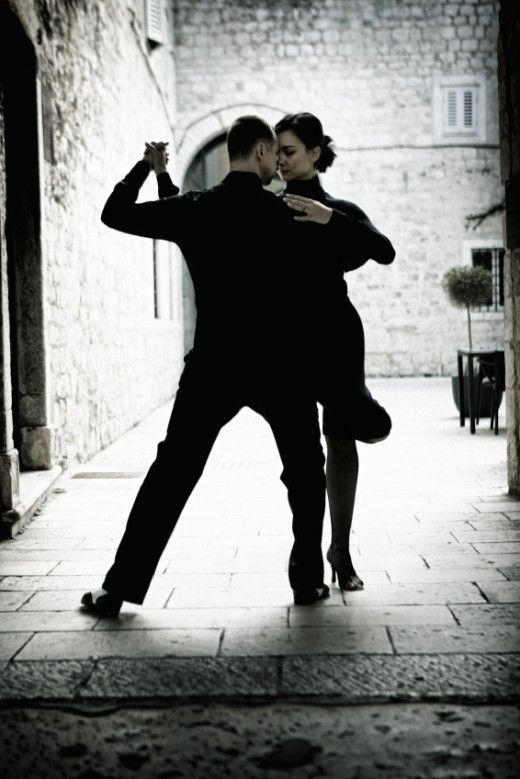 If not, rent space at a studio (this usually costs about $10-15
for a hour of practice time) or dance in your living room. I've found that
regular practice is the most important element in becoming a proficient
tango dancer. It's also a good way to meet other people in the tango community
who have more experience with the dance. They can be a great resource to
answer questions.
If not, rent space at a studio (this usually costs about $10-15
for a hour of practice time) or dance in your living room. I've found that
regular practice is the most important element in becoming a proficient
tango dancer. It's also a good way to meet other people in the tango community
who have more experience with the dance. They can be a great resource to
answer questions.
Tango Shoes
The search for great tango shoes is part of the fun of dancing. Tango is
typically danced in shoes with leather bottoms that stay on your feet well.
Shoes with straps for women and lace-up shoes for men are the most common.
Women also need to wear shoes with a heel. In the beginning, open-toed
shoes for women and slip-on shoes for men are usually disasters. There
are shoes designed specifically for tango dancers, but your main consideration
should be to find shoes that support your feet, don't squish your toes,
and are comfortable enough to dance in for several hours.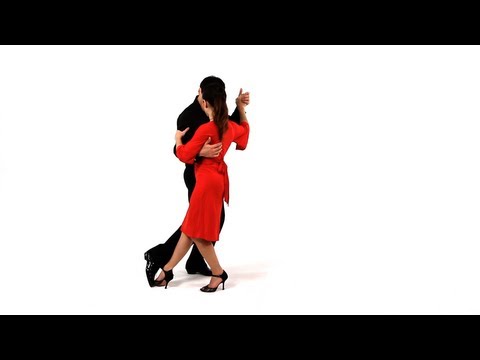 I don't
recommend using ballroom dance shoes because they have little to no support
and suede soles.
I don't
recommend using ballroom dance shoes because they have little to no support
and suede soles.
No matter what shoes you dance in, everyone should add pads to their shoes. I recommend Spenco pads because they are incredibly comfortable, resilient and long lasting. Dr Scholl's foam pads are OK, but avoid the expensive and useless blue gel-filled pads. They seem like a good idea–a waterbed for your feet–but are extremely disappointing.
For more information about Tango
Shoes.
For more information about Spenco
Shoe Pads.
The Family of Tango Dances
There are actually three tango dances—each with its own music—in Argentine
social dance. During the course of an evening of dancing all three will
be played and danced. The first is simply tango. This is the dance most
people would recognize as tango and the dance most beginners learn first.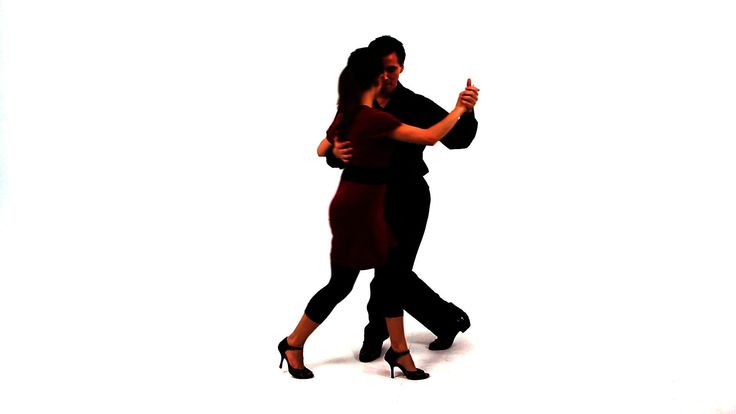 Its music is typically based on a slow, steady four-count beat. The second
dance is called milonga. Milonga is a faster-paced dance based on simplified
tango steps. It has much the same rhythm and feeling as a polka. Milonga
music is historically older than tango music, but the dance itself is actually
newer. Milonga is a dance simply for fun. The third is tango waltz, called
vals or vals cruzado. Tango waltz music is based on the classic 1-2-3 of
waltz, but in this type of tango, dancers typically dance on the ones.
Its music is typically based on a slow, steady four-count beat. The second
dance is called milonga. Milonga is a faster-paced dance based on simplified
tango steps. It has much the same rhythm and feeling as a polka. Milonga
music is historically older than tango music, but the dance itself is actually
newer. Milonga is a dance simply for fun. The third is tango waltz, called
vals or vals cruzado. Tango waltz music is based on the classic 1-2-3 of
waltz, but in this type of tango, dancers typically dance on the ones.
The word "milonga" has three uses in tango. It means, (1) the dance milonga, (2) the music you dance the milonga to, and (3) a tango dance party. It's possible for you to dance a milonga to a milonga at a milonga. And believe me, that's a great thing.
Styles of Argentine Tango
Within Argentine tango there are various styles you may hear people refer
to. They will say, "Oh, he's milonguero dancer," or "She dances salon
style." Styles are as unique as dancers and I think it's rather foolish
to try to categorize either. Just remember if you hear terms like "salon,"
"milonguero," "fantasia," or "orillero" someone is talking about a certain
style.
They will say, "Oh, he's milonguero dancer," or "She dances salon
style." Styles are as unique as dancers and I think it's rather foolish
to try to categorize either. Just remember if you hear terms like "salon,"
"milonguero," "fantasia," or "orillero" someone is talking about a certain
style.
As with any evolving art form, trying to pin down the rules is impossible. Every day, new styles come forward and dancers find ways to play with them and incorporate them into their dance. In the past few years, styles known as neuvo and liquid have appeared. Who knows what's coming next? All we know is that it's coming.
For descriptions of the various styles see Styles of Argentine Tango.
Tango Music
The history of tango music is as rich and interesting as the dance. Tango
music in Argentina followed much the same evolution as swing music did
in the United States.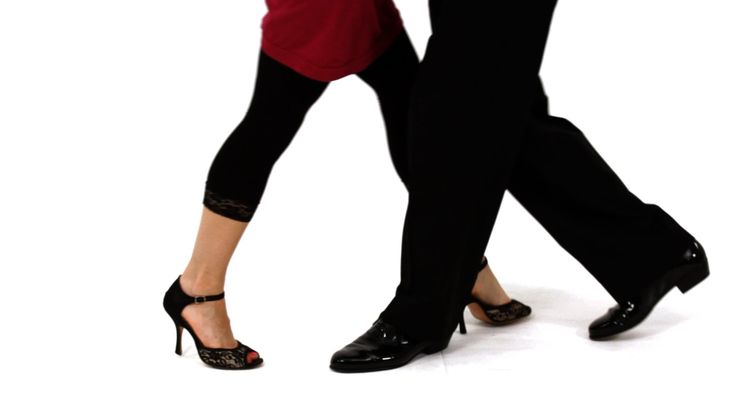 It started as simple rhythms played for dancers by
orchestras led by some colorful and charismatic bandleaders. Over time,
simpler rhythms evolved to more complicated ones and finally edged toward
more jazz-like interpretations less suitable for dancing but wonderful
for listening.
It started as simple rhythms played for dancers by
orchestras led by some colorful and charismatic bandleaders. Over time,
simpler rhythms evolved to more complicated ones and finally edged toward
more jazz-like interpretations less suitable for dancing but wonderful
for listening.
Tango music is probably most distinguished from other types of music by two things: the bandoneon and the lack of drums. The bandoneon is a German instrument that looks and sounds like the offspring of an accordion and an organ. In fact, the instrument was invented to provide organ-like music to church congregations unable to afford a real organ. Like a lot of immigrants to Argentina, the bandoneon found its way into the culture and left an indelible mark on it.
You may also notice that there are no drums in tango music. The beat
is kept on a bass and the lower register of the piano with (usually) bandoneons,
violins and the upper register of the piano providing the fascinating rhythms.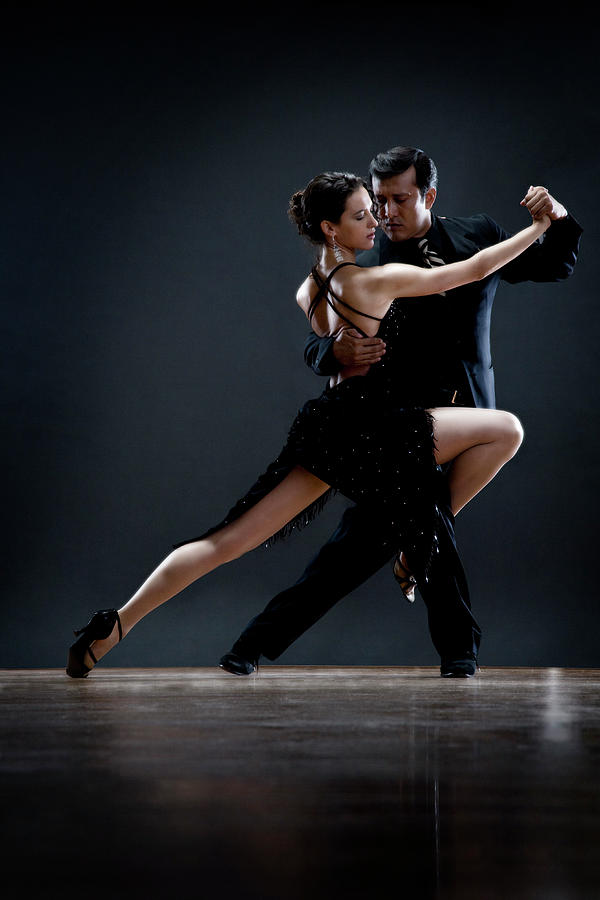
When you start dancing tango, you'll most likely be dancing to the most rhythmic music from the 1940s and 1950s known as the Golden Age of tango. Music from the late 1930s is also great for learning how to hear the beat and feel the rhythm. As you become more experienced, later music (including that of modern tango orchestras) with its more modern jazzy rhythms becomes very interesting to interpret.
To develop your understanding of the music, you may want to consult the guide Music for Dancers New to Argentine Tango. It lists the CDs best-suited for dancers first learning to hear the rhythm of Argentine tango music.
At the Milonga (Tango Dance Party)
The pure joy of dancing tango is found at the milonga. A milonga refers to the event where tangos, milongas and waltzes are danced.
What is a Tanda?
At a milonga, music is played in sets called "tandas. " Usually three
or four songs are played by the same orchestra followed by the "cortina"
(the curtain) which signals the end of the tanda. If you ask someone to
dance and they accept, it is assumed that it will be for the entire tanda.
" Usually three
or four songs are played by the same orchestra followed by the "cortina"
(the curtain) which signals the end of the tanda. If you ask someone to
dance and they accept, it is assumed that it will be for the entire tanda.
Cortinas are an interesting little detail at a milonga. A cortina is unique to each DJ. Some will select one cortina for an evening and some will use a different one for each tanda. Some are humorous; some are grating on the ears; some are simply beautiful music. In any case, the cortina is supposed to be a piece of music that people know not to dance to. It's your signal to smile, say thank you and (possibly) change partners
How Someone Asks for a Dance
In Argentina, men ask women to dance with a look—a certain glance,
movement of the head toward the dance floor or smile that says, "Dance
with me?" This can take place from far across the room if the right
eyes are caught.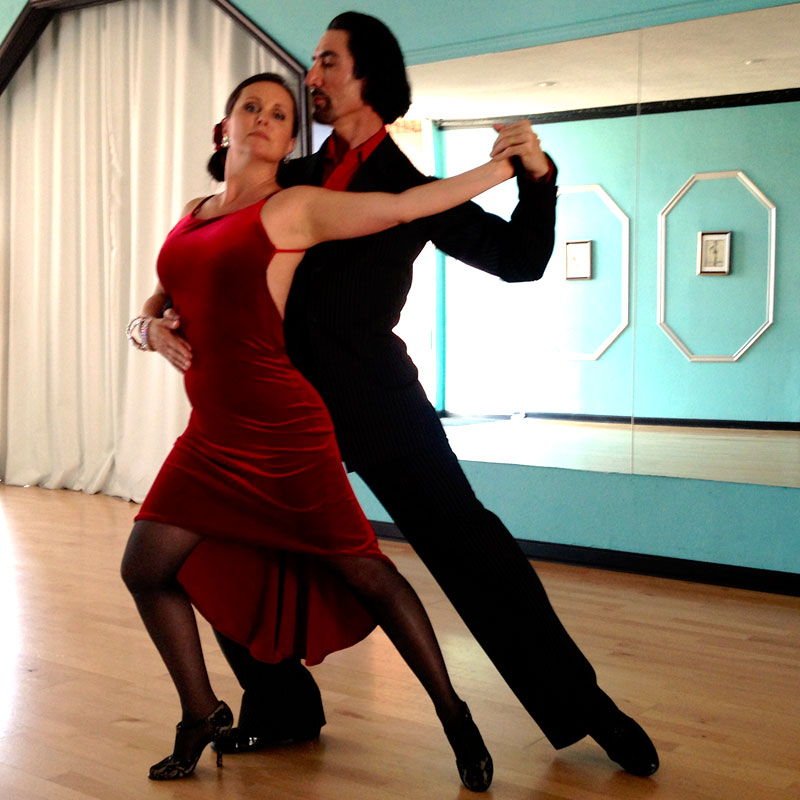 If a woman wants to accept a dance with a man, she smiles
back and (most important) keeps looking at him while he approaches her.
The slightest glance away is usually interpreted as meaning "I've changed
my mind and don't want to dance." This system is very wonderful and full
of pitfalls. What if the asker is looking at the woman behind you?
Did you really see a "yes" or a "maybe?"
If a woman wants to accept a dance with a man, she smiles
back and (most important) keeps looking at him while he approaches her.
The slightest glance away is usually interpreted as meaning "I've changed
my mind and don't want to dance." This system is very wonderful and full
of pitfalls. What if the asker is looking at the woman behind you?
Did you really see a "yes" or a "maybe?"
Because we are caught up in this Argentine art form, the practice of asking people to dance with the eyes is also followed to some extent. In many areas of the world, however, you may ask someone to dance directly or with your best Argentine eyes. As in the dance, practice makes perfect.
Accepting a Dance or Saying "No, thank you"
Accepting a dance is as simple as saying "yes." You can do this with
your eyes—be on the look out for people who ask the Argentine way—or by
accepting a direct invitation.
It is also perfectly acceptable to say, "No, thank you.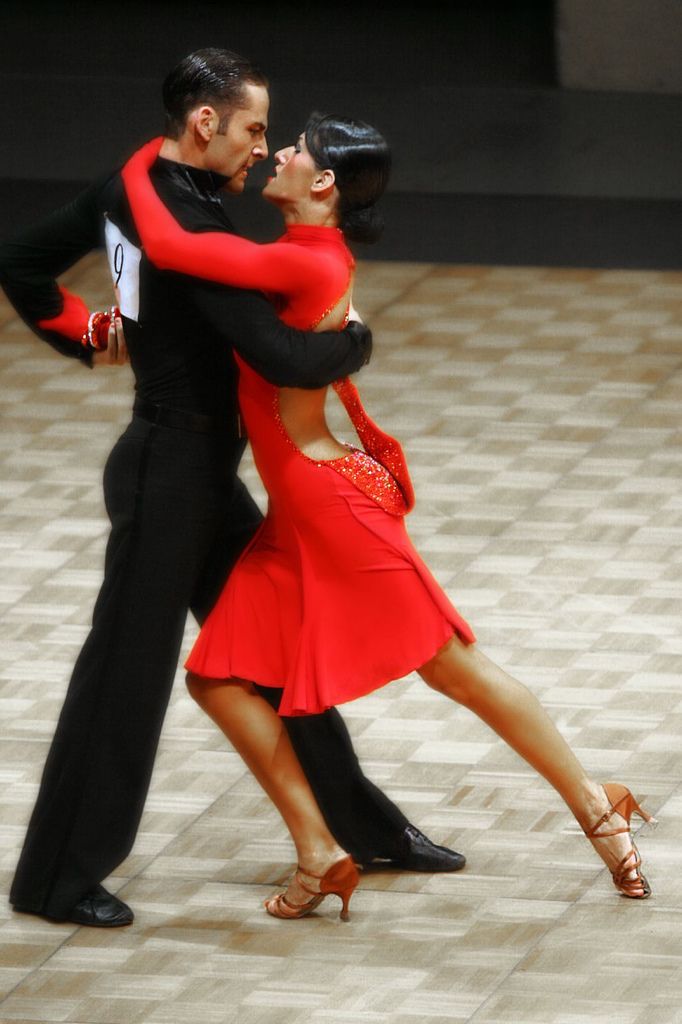 " If you accept
a dance remember it will probably last for the remainder of the tanda that
is playing—three or four songs if you start at the beginning. If either
one of you decides that one or two dances is enough, however, either person
can simply say "thank you" and begin leaving the dance floor. Once you
say "thank you" to someone in a polite manner, the dance with that person
is over.
" If you accept
a dance remember it will probably last for the remainder of the tanda that
is playing—three or four songs if you start at the beginning. If either
one of you decides that one or two dances is enough, however, either person
can simply say "thank you" and begin leaving the dance floor. Once you
say "thank you" to someone in a polite manner, the dance with that person
is over.
Dancing at a Milonga as a Beginner
As a beginner, you'll either be eager to dance with everyone or hesitant
to be seen as a beginner. If you're eager to dance, go for it. Just remember
that tango is danced in lanes that keep moving and the more experienced
dancers tend to stay toward the outside. If you're hesitant, I can guarantee
you that everyone in the room has been a beginner at one time and understands
how nerve wracking it can be to look around and see everyone gliding by
when you only know three movements. Even someone who has been dancing for
only two weeks longer than you have will look like they've been at it for
years longer. I can't explain it; it always looks like that.
Even someone who has been dancing for
only two weeks longer than you have will look like they've been at it for
years longer. I can't explain it; it always looks like that.
The way to become a good dancer is to show up and dance. As Woody Allen once said, "98 percent of success is showing up."
Useful Tango Terms
The following terms are often used to describe some of the basic elements
of tango.
| adornos | embellishments |
| amague | a fake |
| arrastre | a drag |
| barrida | a sweep |
| boleo | no translation (a particular embellishment that can be done high or low) |
| caminar | to walk—the basic walking pattern of tango |
| cruzada | the cross |
| corrida | a rhymthic run (double-time walking) |
| enrosque | a twisting movement during a turn |
| freno | a brake (blocking a foot) |
| gancho | a hook (a type of embellishment) |
| giro | a turn |
| lapiz | literally means a pencil (to draw a circle on the floor) |
| mordida | literally means a "bite" (used when the feet form a sandwich) |
| ocho | an "eight" (part of a turn) |
| parada | a stop |
| salida | literally means "exit," but in tango it's a basic entrance to the dance |
| sacada | a displacement |
For a more complete list of terms, see Ed
Loomis' Guide to Tango Terminology.
A Beginner's Checklist
Here is a list of things you should be able to accomplish as a beginner.
For Leaders:
1. Know how to ask someone to dance
2. Follow the line of dance and stay in your lane
3. Walk smoothly
4. Keep your own balance
5. Keep the rhythm (even at the expense of executing fancier steps)
6. Be aware of where you and others are on the floor
7. Know how to walk, turn, stop and lead a few embellishments
8. Know how to interrupt a step to keep from hitting another couple
9. Know how to put basic elements together to make a dance
For Followers:
1. Know how to accept or decline a dance
2. Wait for the lead
3. Walk smoothly and walk to the cross well
4. Keep your own balance
5. Keep the rhythm
6. Be aware of others on the floor
7.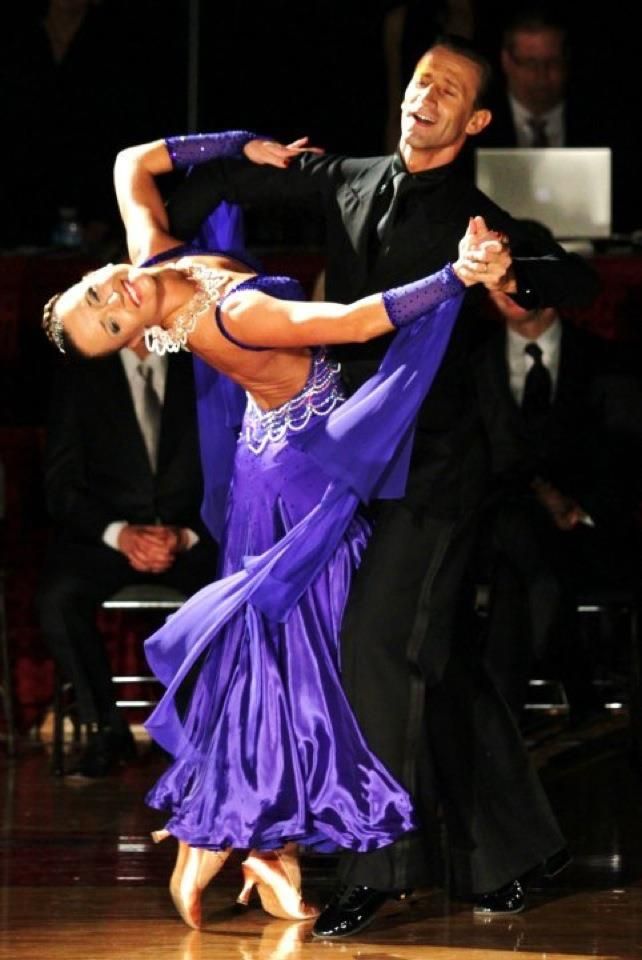 Know how to walk, turn, stop and execute a few embellishments
Know how to walk, turn, stop and execute a few embellishments
Once you have mastered the elements on these lists, you are an intermediate dancer. As an intermediate dancer you will work on how to dance more improvisationally, how to improve your posture and balance, how to interpret the music on a more sophisticated level, and how to combine many basic elements to form new dance steps or perhaps create your own.
A Few Internet Resources
FAQ about Dancing Argentine Tango
Video Resources for the Tango Dancer
Argentine Tango Clothing
Argentine Tango Shoes
Spenco Shoe Pads
Styles of Argentine Tango
Guides to Tango Music for Social Dancing
Music for Dancers New to Argentine
Tango
Ed Loomis' Guide to Tango Terminology
Argentine Tango Around the World
Tango Links
Four ways to learn tango, or how to choose your own path? / Argentine tango school El Gato Tango
All advanced tangueros have their own training recipe in stock tango, which they often zealously promote.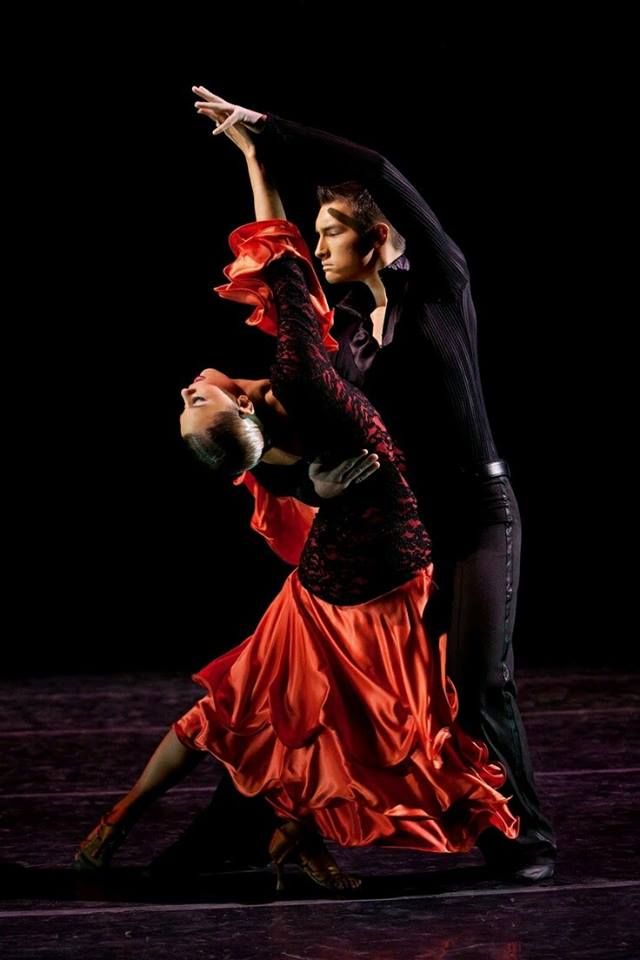 "Basic Enough course!”, “Only private traders!”, “Yes, why go to school at all, at milongas everything learn!" Of course, every opinion has the right to exist, but if honestly, the chosen strategy of a single tangero is very clearly imprinted on the manner of his dancing and ensures his future "jambs".
"Basic Enough course!”, “Only private traders!”, “Yes, why go to school at all, at milongas everything learn!" Of course, every opinion has the right to exist, but if honestly, the chosen strategy of a single tangero is very clearly imprinted on the manner of his dancing and ensures his future "jambs".
So how is it right? Which is better, group lessons or private, local or Argentinian teachers, practitioners or milongas? Come on, we will we will sort it out, and you will choose for yourself.
Group lessons
Have you heard the phrase “tango is a social dance”? In fact, this means that you knowing how to dance, you can invite (of course, with a glance) and have a great time time on the dance floor with any partner or partner, even if you are in foreign country and do not have a common language. A common language will successfully replace tango for you. And therefore group lessons - classes in "society" will give you the ability to hear, understand, feel different people.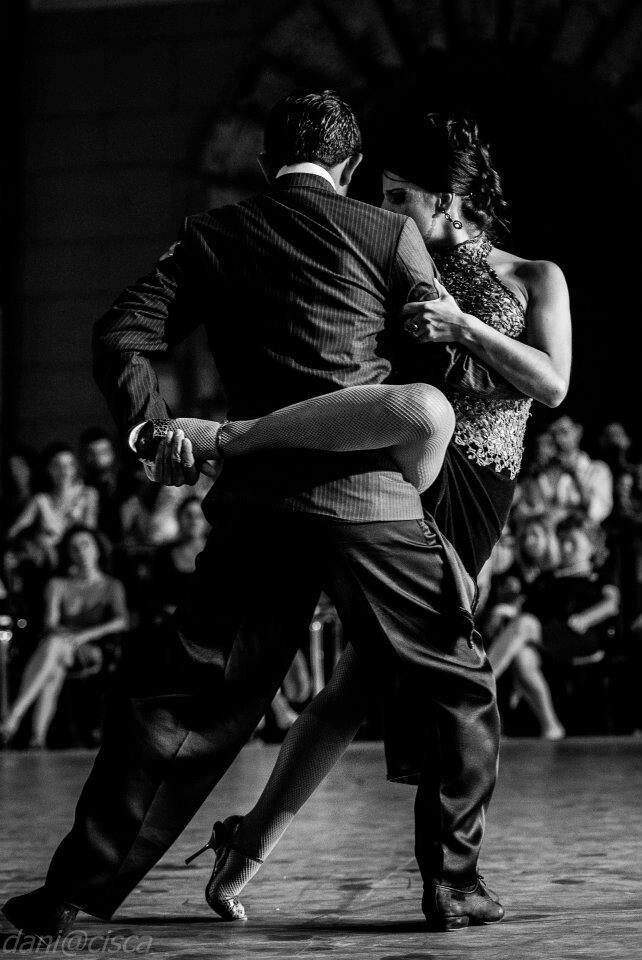 And this is the cornerstone, the alphabet and bread in Maslow's tango pyramid.
And this is the cornerstone, the alphabet and bread in Maslow's tango pyramid.
How long does it take to attend group classes?
Yes, as much as you like. Just don't forget that at a certain stage tango-growing up, group lessons alone are not enough and are required introduce "complementary foods": private traders, group lessons with other teachers, practices, and of course milongas!
Group lessons often become addictive. For many the tango school becomes a cozy home, and I don’t want to recognize myself at all "adults", to leave the comfort zone under the cross glances of strangers at common milongas. But, in fact, it is tango parties that are the goal of your tango learning. And believe me, their atmosphere is worth it to defeat fear.
Should I change schools and try group lessons from different teachers?
The personality of the teacher and your contact with him is certainly important, by all 147%. Therefore, if you feel that the teacher/s are "not your/s", then yes, you should try another pair. If you like the lessons and you feel progress, my sincere advice is don't change schools and teachers at least until the end of basic course. Otherwise, you risk getting confused in terminology, in music, in feet, and disentangling this stew of other people's ideas will not be very easy. Ongoing and advanced stage, be curious and ask other maestros to take a look at you with a fresh look is not only not harmful, but also very good.
If you like the lessons and you feel progress, my sincere advice is don't change schools and teachers at least until the end of basic course. Otherwise, you risk getting confused in terminology, in music, in feet, and disentangling this stew of other people's ideas will not be very easy. Ongoing and advanced stage, be curious and ask other maestros to take a look at you with a fresh look is not only not harmful, but also very good.
Private lessons
You embrace a real guru. And the guru gives you 60 minutes of his time, everything, to the second. You do not need to stagnate with other beginners, do not need to wait patiently or impatiently for the teacher to explain the obvious things to another pair and will suit you. Sounds nice? Handsomely. But private employment has its big disadvantages.
If at the initial stage you limit your education exclusively to private students, you run the risk of “castrating” his sociality with such images. you will be fine know how to dance with one person, good level.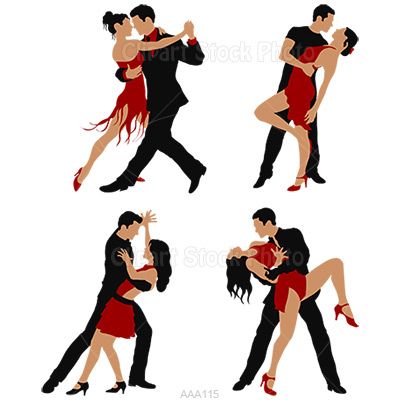 But even the coolest the teacher speaks tango with his own accent. And "going out into the people", on big milonga (where, by the way, you don't know anyone, because you didn't study in group), you run the risk of not having fun and not even understanding the other person. Not because he is bad. But simply because he is ... different.
But even the coolest the teacher speaks tango with his own accent. And "going out into the people", on big milonga (where, by the way, you don't know anyone, because you didn't study in group), you run the risk of not having fun and not even understanding the other person. Not because he is bad. But simply because he is ... different.
When should I start private lessons?
After the basic course, at any stage when you feel the need. For the first year and a half or two, the main dish is still worth leaving the groups, and taking private traders for dessert. And only then, after you launched into independent swimming in milongas, private traders can independently successfully maintain and improve your level.
Private traders with Argentines
Moscow already has a whole settlement of Argentines who came here for permanent residence. Finding a teacher among them is not a problem at all. And most likely to anyone it is interesting for a beginner to try out the “real Argentine hug” for himself. Not feel free to try! But also, better after the basic course. Otherwise, you are unlikely feel the difference. (And how much a man who has never tasted wine, will be comfortable in the role of a wine festival taster).
Not feel free to try! But also, better after the basic course. Otherwise, you are unlikely feel the difference. (And how much a man who has never tasted wine, will be comfortable in the role of a wine festival taster).
Practices
Practices are different. So, for example, school moderated practices great addition to group classes. On the one hand, they are quite plausible imitate the atmosphere of a milonga, and on the other hand, take place without interruption from training. AT at any time you can ask a question to the teacher or your partner and do the work over mistakes.
The further the tangero goes into the wilds of tango, the longer he (she) does, what more often he goes to milongas, the more he gains self-confidence. And all the more necessary, but the more terrible it is to receive feedback from your partner. Here comes the time private practices: tete-a-tete with a partner or partner whom you yourself choose whom you trust, whom you respect, and whose opinion you are not afraid of hear.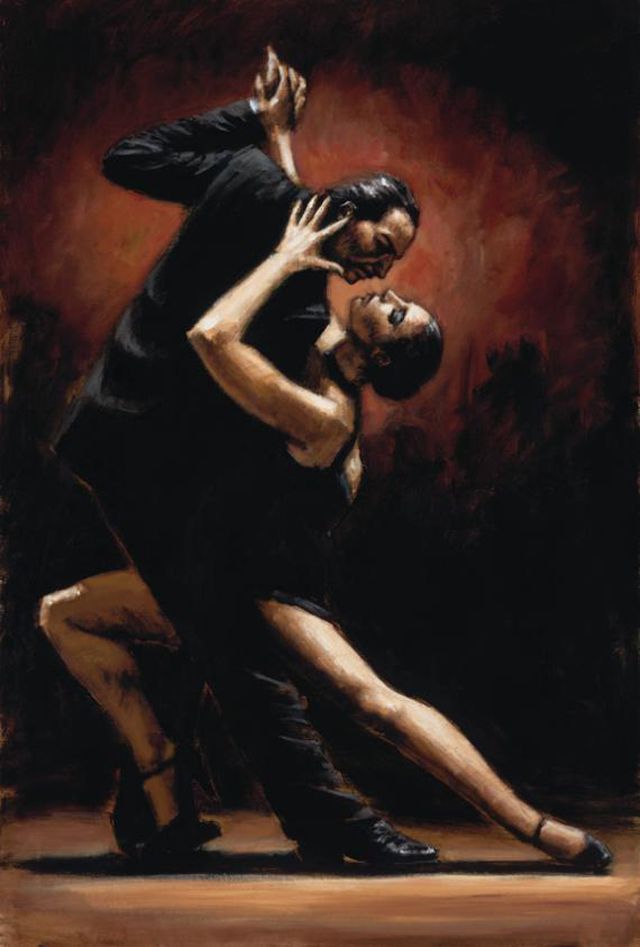
When should I start practicing and when should I stop?
It's simple - it's always worth practicing, whether you have a tango month or tango decade.
Milongas
real "adult" social tango. It is at the milongas that you study conform to their gender model, dress nicely, behave with dignity (both agreeing and refusing), to carefully establish social ties and dance with a variety of people, sometimes complete strangers.
It is not customary in milongas to give advice and teach, and even more so, having heard any criticism, you have every right to "imprison" your partner. But not forget that they are looking at you: how you sit, stand, hold on, speak, go hug. Therefore, go to the milonga without going through the group class and "paddling pool" of school practices, the lot of the most daring. At zero base preparation, your social tango life will end before it begins.
Total
An ideal recipe for learning tango in the author's opinion:
- Group classes: the first one and a half to two years.

- Private lessons: after the first six months, on request and need.
- Practices: moderated - from the first days, personal - after a year and beyond everywhere.
- Milongas: school - after the basic course, general - 6-12 months after start of training.
And what about after the milongas?
Russian and international festivals, marathons, encuentros. Buenos Aires with its famous milongas Salon Canning and La Viruta. Private traders with global stars…
Tango training never ends as long as you keep dancing.
Irina Strelkova.
How to learn to dance tango well?
A thought about tango came to you recently. Now you understand that tango is much more interesting than you thought, and that it can be a lot of use for you. We looked at what it looks like, imagined ourselves in the place of Gaston or Juana, and were directly imbued. And the next question that usually arises in you is: “Can I learn to dance?”.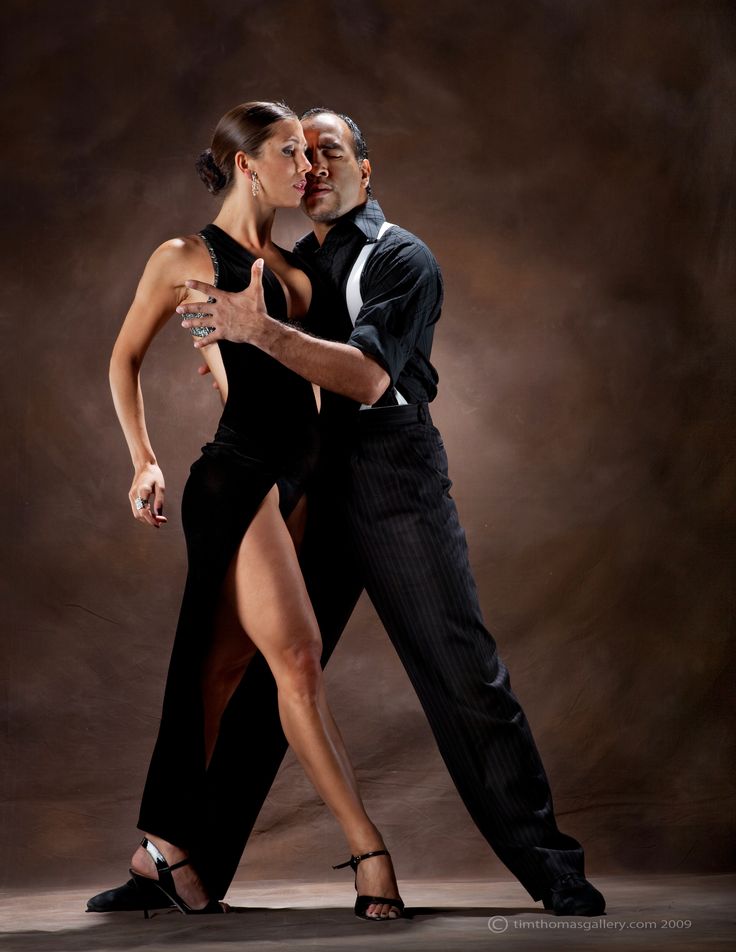 Meaning, learn how to dance well, in a reasonable amount of time and without spending 20 hours a week in class.
Meaning, learn how to dance well, in a reasonable amount of time and without spending 20 hours a week in class.
In general, the answer will be: "It's quite real." Of course, if you realize that tango is a little more difficult than a game of checkers, that you still need a focused effort from you and that you need to approach the matter wisely. If you are still tormented by vague doubts, then you can resolve them by studying our tips for beginners, and find answers to the most common questions there.
First steps
So, have you already chosen a school, signed up for an open or trial lesson in a new group (usually it's not necessary, but it's better to sign up), found what to wear and are ready to become a tango star? :) Then let's go!
The first lesson is more of a presentation. You have already learned, seen and understood a lot about tango. And the rest of those who came so far know only the blind Al Pacino. :) The teachers will introduce you to the school, talk about tango, demonstrate how they dance and show you what you will learn during the introductory course. There will then be a short introduction session to give you a feel for the dance and social principles behind tango. Most teachers teach the lesson in a fun, playful way - you are not yet learning anything in particular, but just looking at the elephant named "Tango" that you will deal with in the coming months.
There will then be a short introduction session to give you a feel for the dance and social principles behind tango. Most teachers teach the lesson in a fun, playful way - you are not yet learning anything in particular, but just looking at the elephant named "Tango" that you will deal with in the coming months.
But the next 3-4 lessons will be the most difficult. As long as the instructors show and explain the principles and techniques of the basic movements, everything seems easy. But as soon as you try to repeat it, there is a feeling that you have forgotten how to walk at all, that you have added five unnecessary legs, that you forgot where is left, where is right, what is forward and backward. There will be fog and porridge in the head. It will start to seem to you that you are studying quantum physics in Chinese and, of course, you will never understand it.
You may also have the thought that the whole class is looking at you and laughing that you can't do the simplest steps.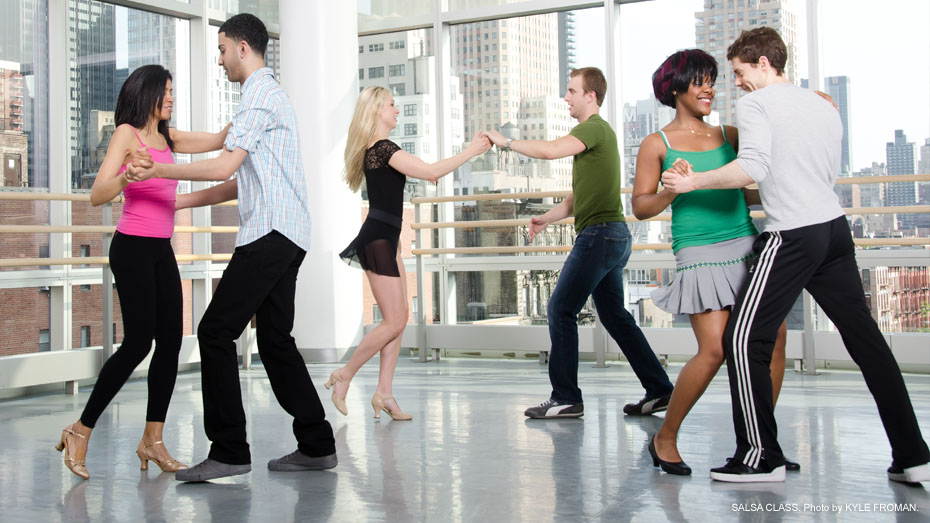 I will upset you. :) The whole class is not looking at you, but at their feet, trying to figure out what to do with their 7 “front left”. And even your partner or partner does not evaluate you, but is tormented by the thought of how far their sudden attack of dementia will go, because of which they do not understand where their stomach is and where the butt is. Such a total inattention of others to your person can even be slightly offensive. :)
I will upset you. :) The whole class is not looking at you, but at their feet, trying to figure out what to do with their 7 “front left”. And even your partner or partner does not evaluate you, but is tormented by the thought of how far their sudden attack of dementia will go, because of which they do not understand where their stomach is and where the butt is. Such a total inattention of others to your person can even be slightly offensive. :)
In general, do not worry about trifles. Everything described above is normal and happens to absolutely everyone, even to those who have a “classic”, “artist” or karate behind them. Your body and cerebellum protest against the study of unnecessary and dangerous, from their point of view, movements and lead internal sabotage against you. :) A few classes and everything will pass - the number of your legs will decrease to normal and the world will become clear again. In this short period, the most stupid thing is to decide that you will not succeed, give up and quit your studies.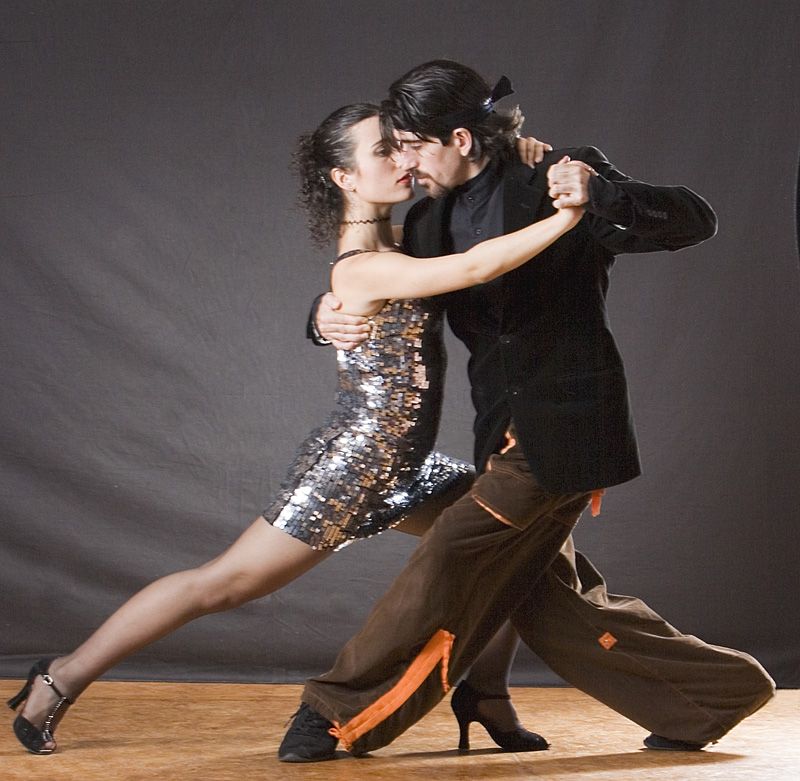 And this, unfortunately, every time makes up to a third of the group.
And this, unfortunately, every time makes up to a third of the group.
Hard to learn, easy to milonga
Tango is a dance that is both simple and complex at the same time. It is based on biomechanical and musical principles that are natural for the body and mind, so you will start dancing pretty quickly. And it is complex in that the same principles allow almost unlimited development and variability. Thanks to this, the dance instrumentation of an experienced tangero in all aspects is an order of magnitude superior to the capabilities of salsa, hustle or lindy hop dancers, but it also requires more effort to master.
Therefore, at least during the initial course (the first 2-3 months), try to attend the classes of your group as accurately as possible. If, nevertheless, business forces you to skip classes from time to time, then the most reasonable thing would be to take a couple of individual lessons from your teachers. One indiva allows you to close the topics of 2-3 group lessons, and at the same time correct the shortcomings in your technique. In addition, from the very first lesson, teachers will invite you to practice - start going to them right away, do not put it off until later.
In addition, from the very first lesson, teachers will invite you to practice - start going to them right away, do not put it off until later.
Practice is a free-form lesson where you independently consolidate the material you have learned and hone your skills, and the present teachers remind or suggest something as needed. The essence is exactly the same as in a regular school - if the topic of the lesson is not fixed by homework, then knowledge flew in one ear and flew out the other. More experienced students are usually also loyal to the requests of beginners to help deal with incomprehensible moments, and some of them like to teach the beginner some more fashionable trick, on the sly from the teachers. :)
Baptism of fire
So, you have been practicing tango for some time, mastered and learned how to connect several elements, and even it turns out quite musically.. Sometimes you manage for 30 seconds without running into another couple in the class.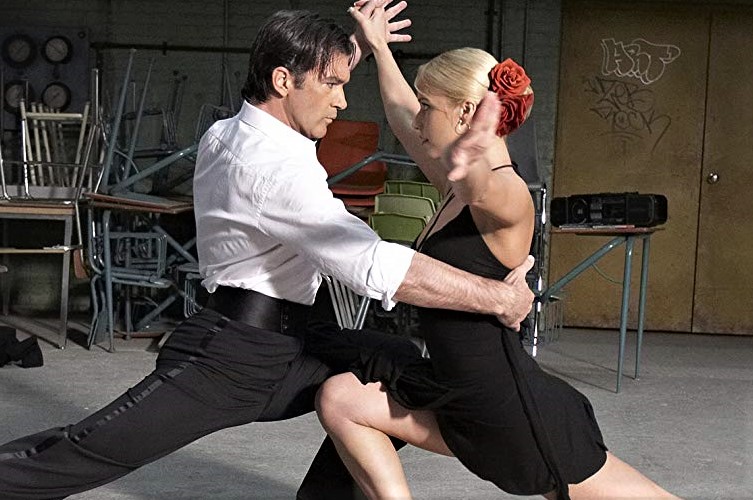 And you already have one signature feature that some super-advanced Samaritan taught you in practice - not a feature, but a plague! :) In general, you are ready to go to the school milonga and shake everyone there.
And you already have one signature feature that some super-advanced Samaritan taught you in practice - not a feature, but a plague! :) In general, you are ready to go to the school milonga and shake everyone there.
Now I will only tell you my opinion, with which many teachers may not agree. You should go to the first milonga not when you think that you are already a good dancer, but when you are ready to calmly endure disappointment. And this can happen both after two classes, and after two years.
Let me explain. It doesn’t matter how much time and how hard you are already studying - a month, three, a year. It doesn't matter how many worked out ligaments you have, fashion chips and how cleverly you use the cabeseo invitation in the classroom. At the first milonga, you are almost guaranteed to get tetanus, all steps and ligaments will fly out of your head, and all the dancers present will seem like gorgon jellyfish, to look into whose eyes it means to turn into a stone pillar.